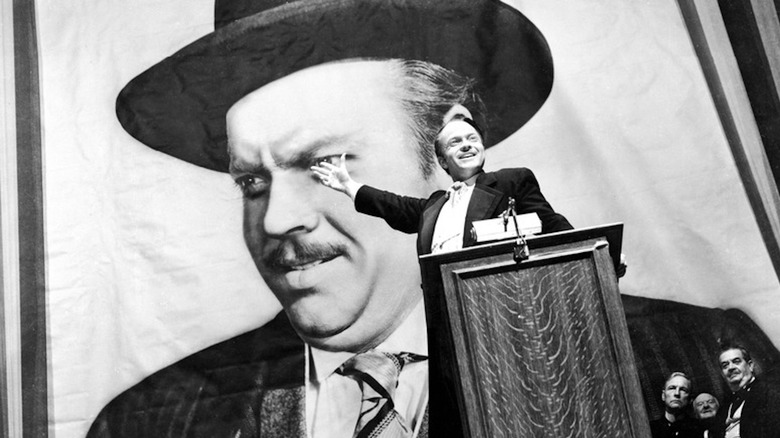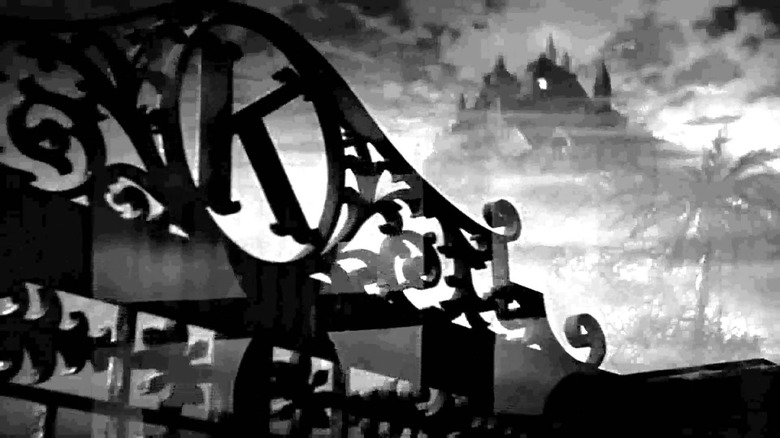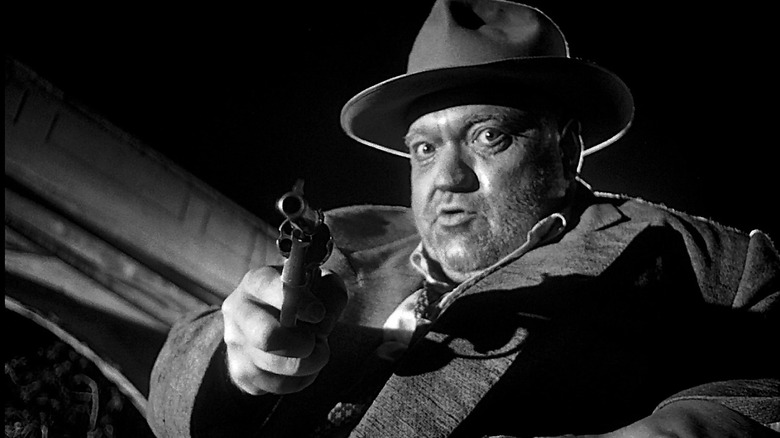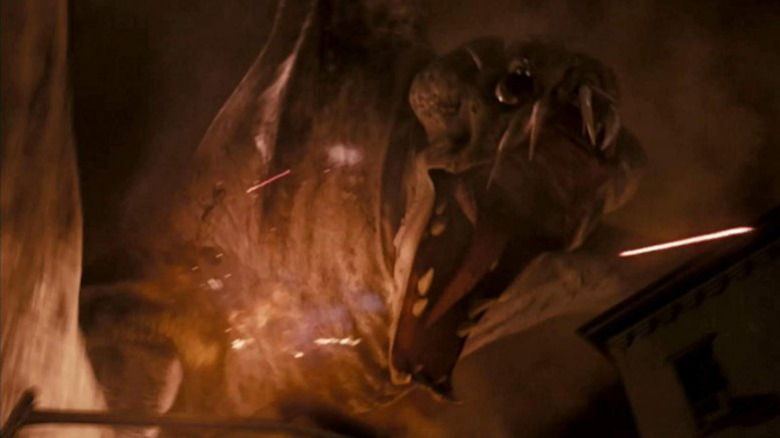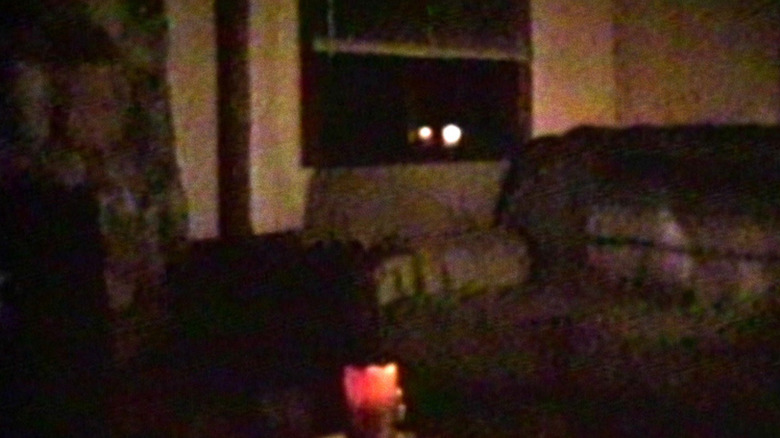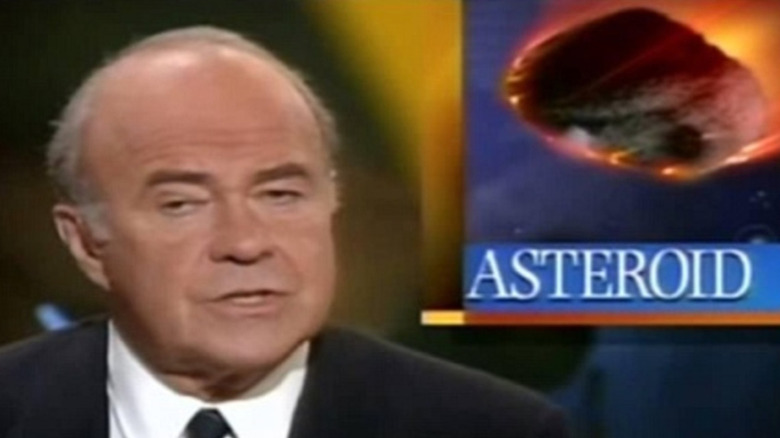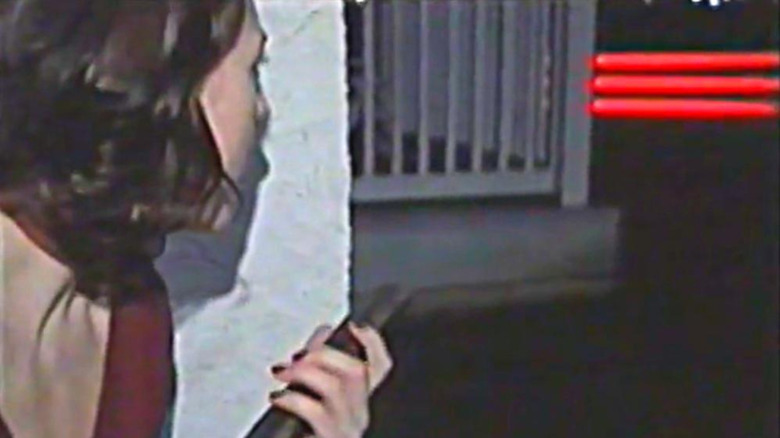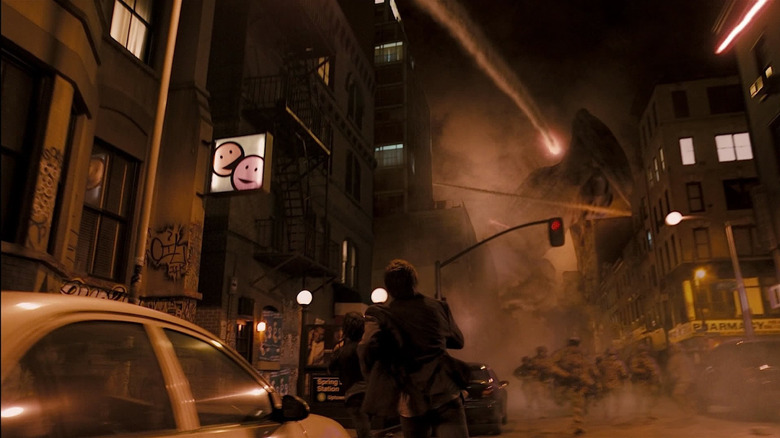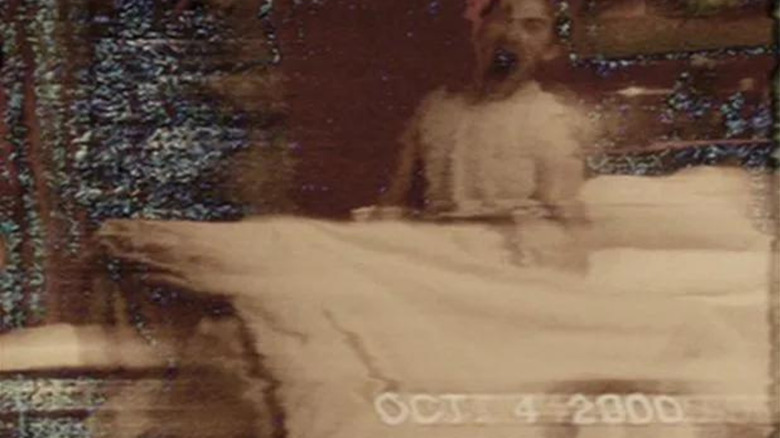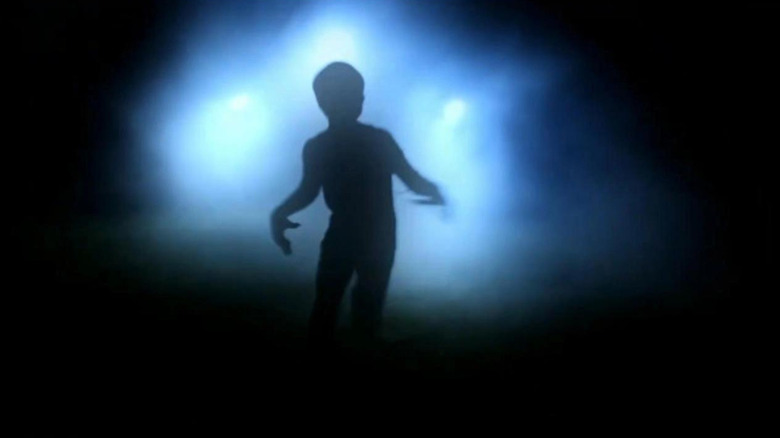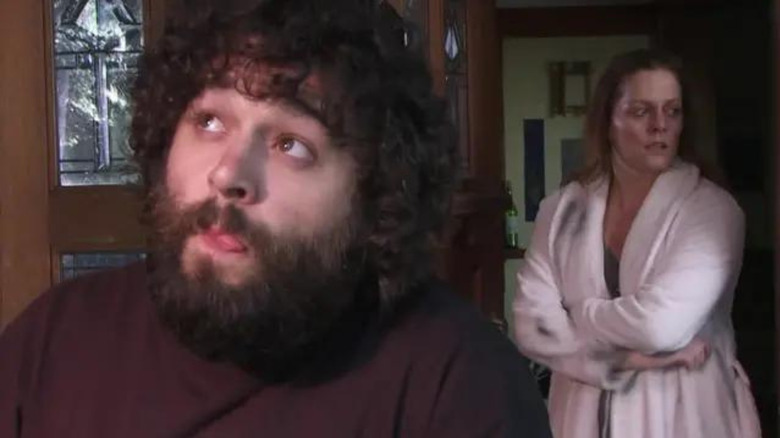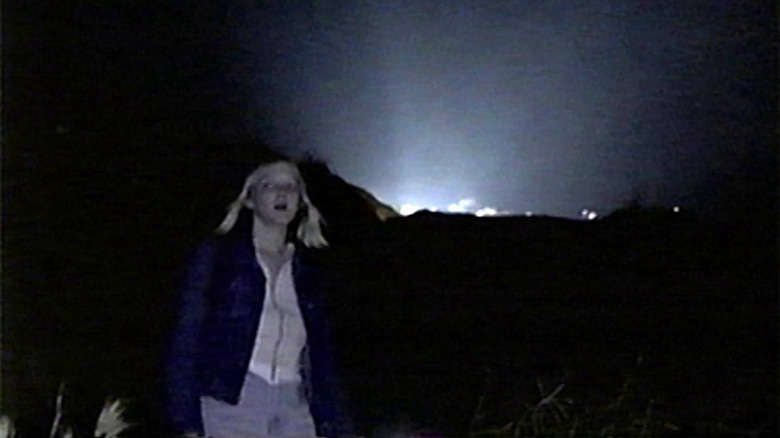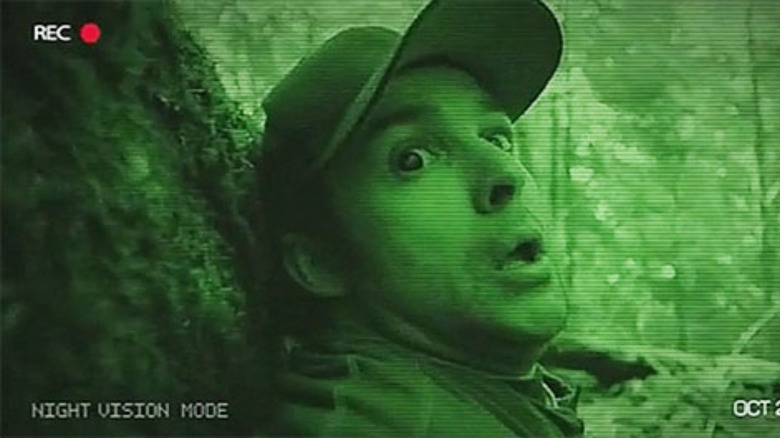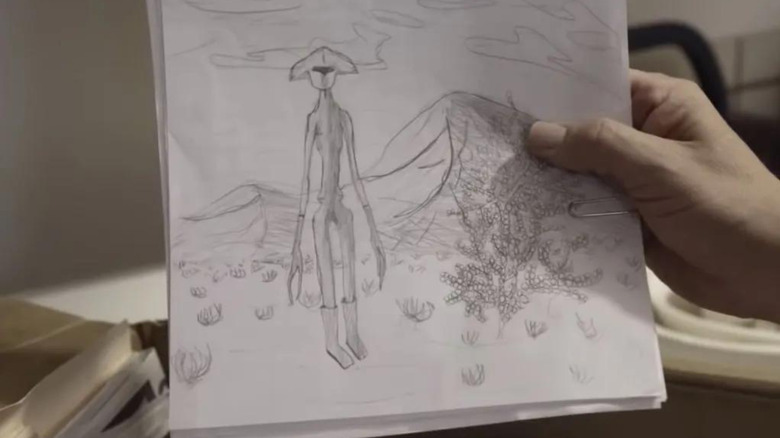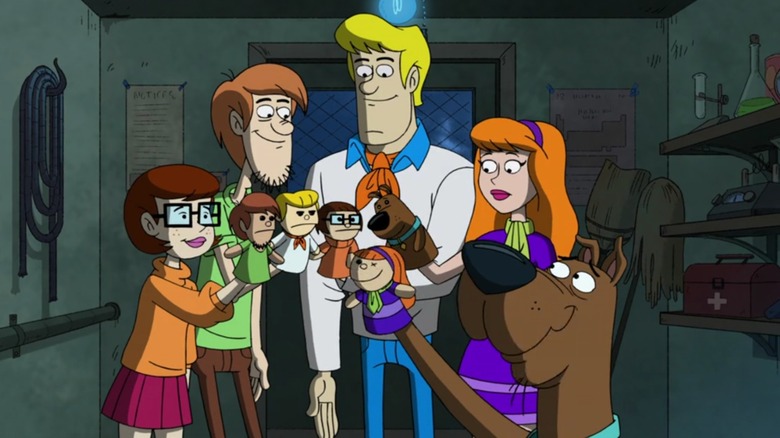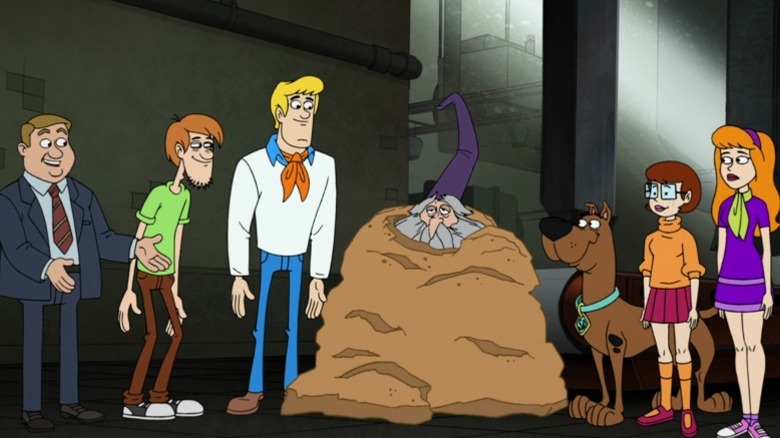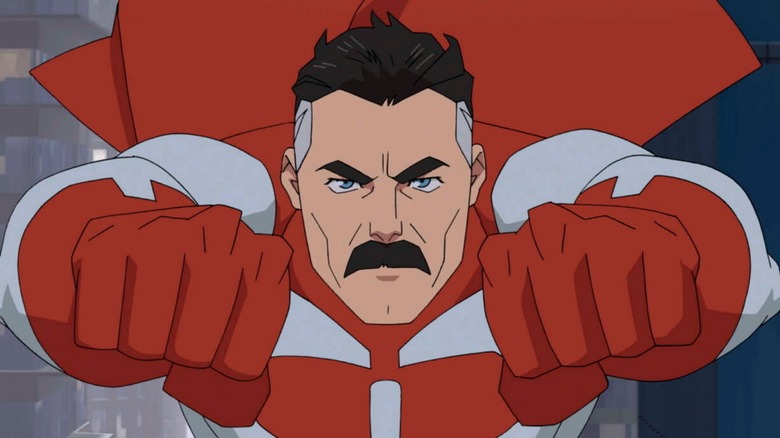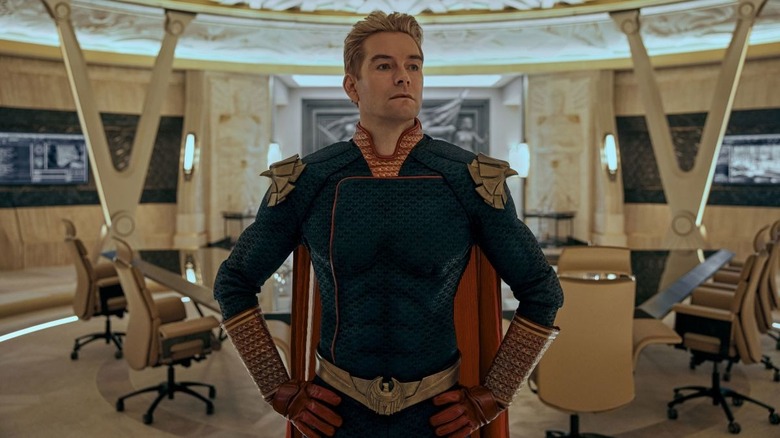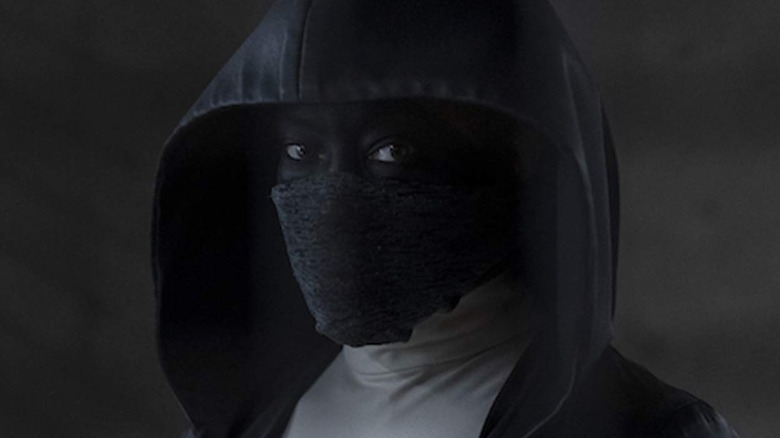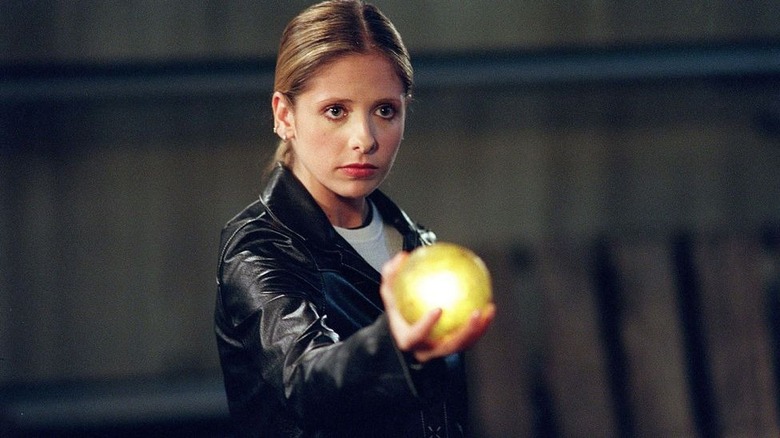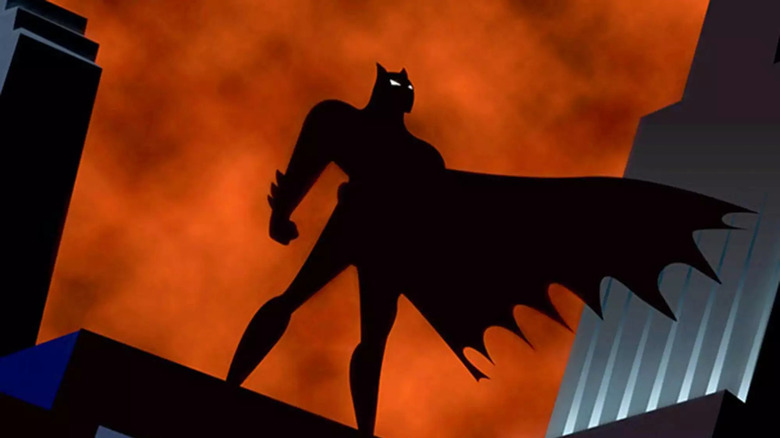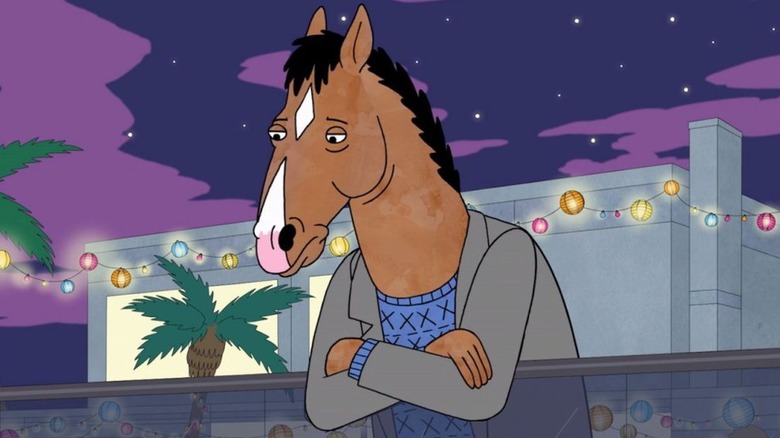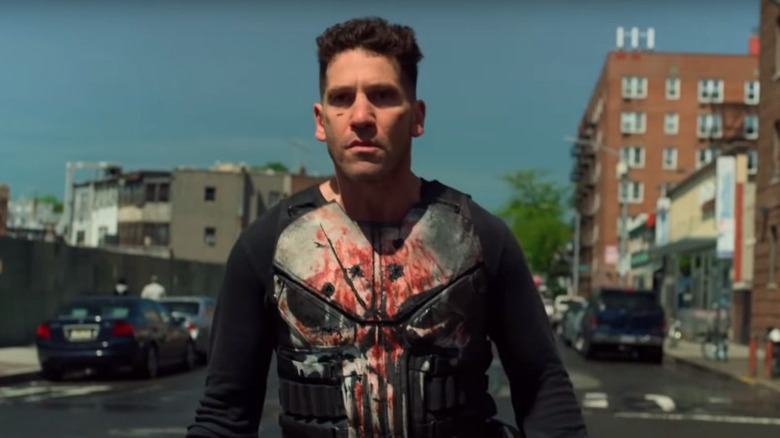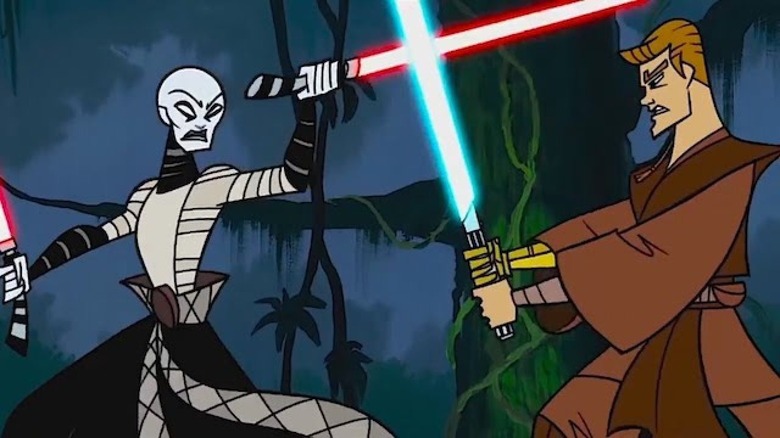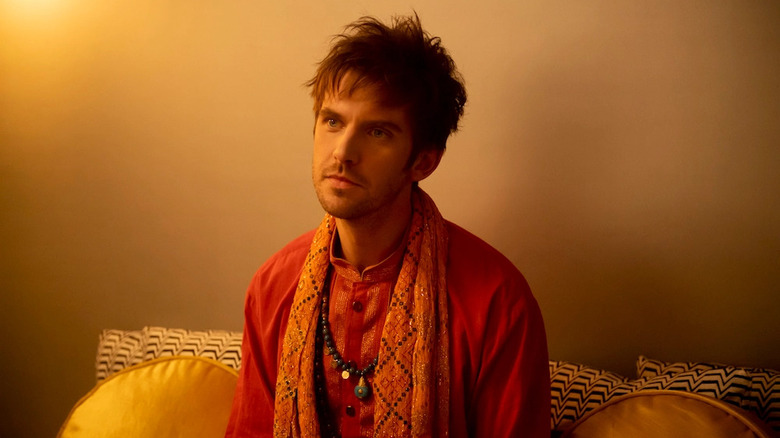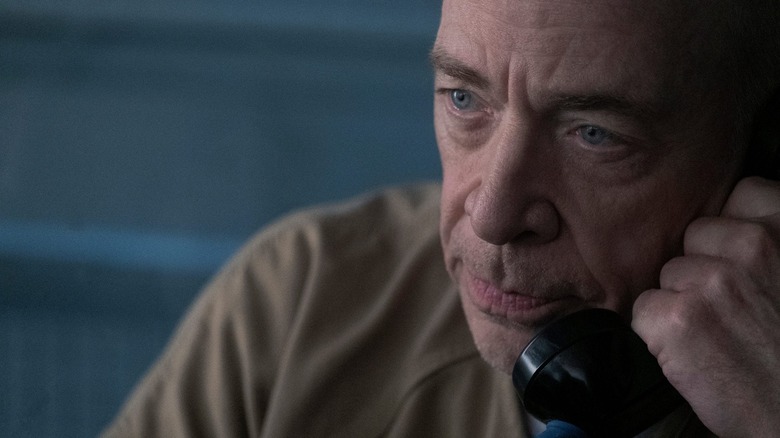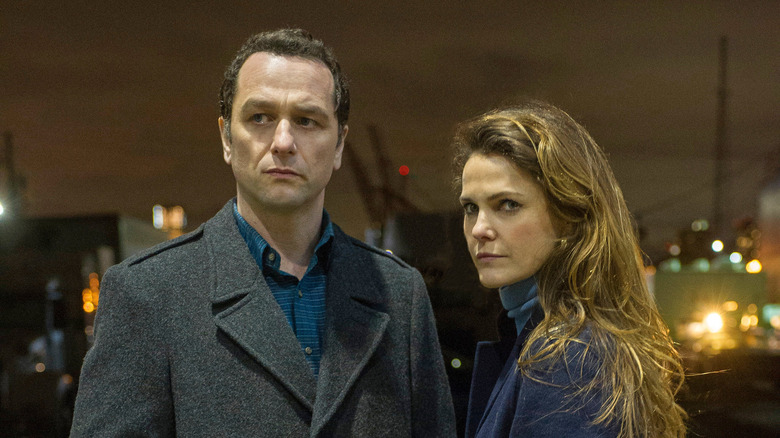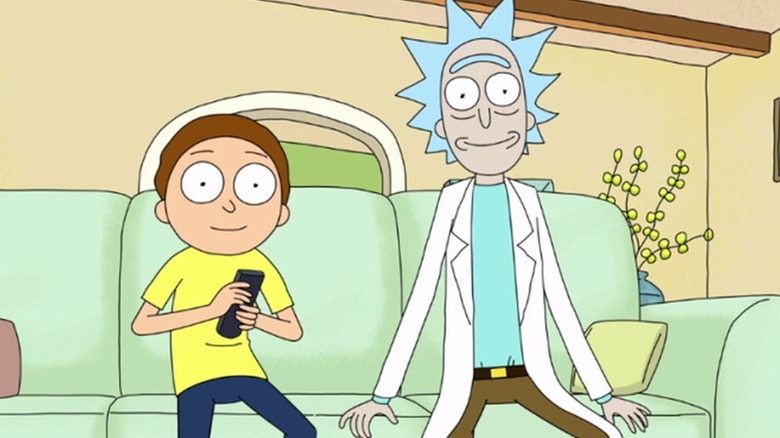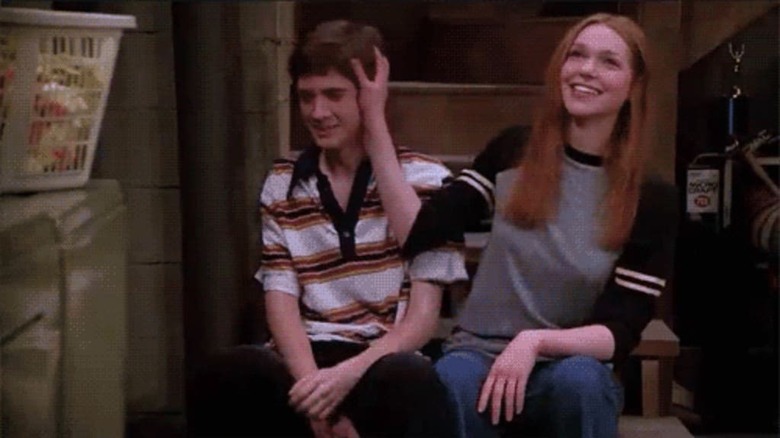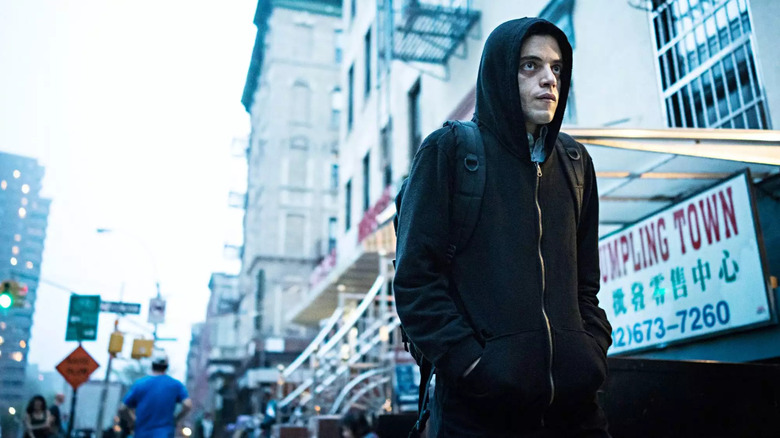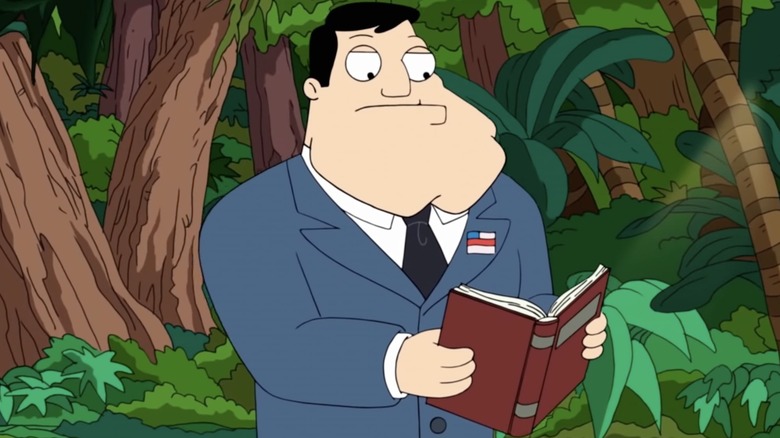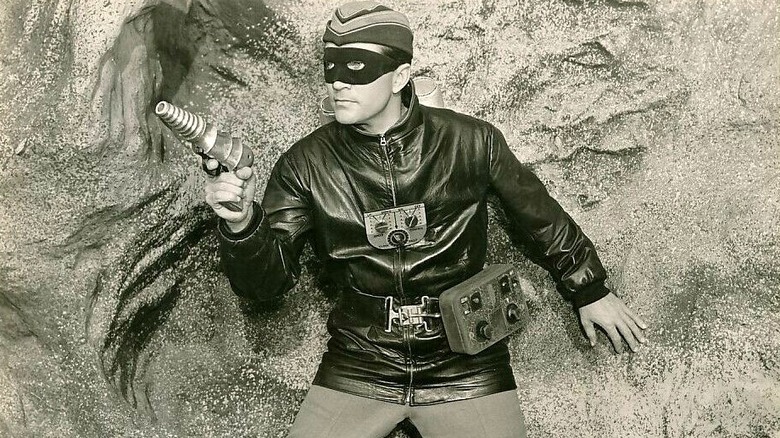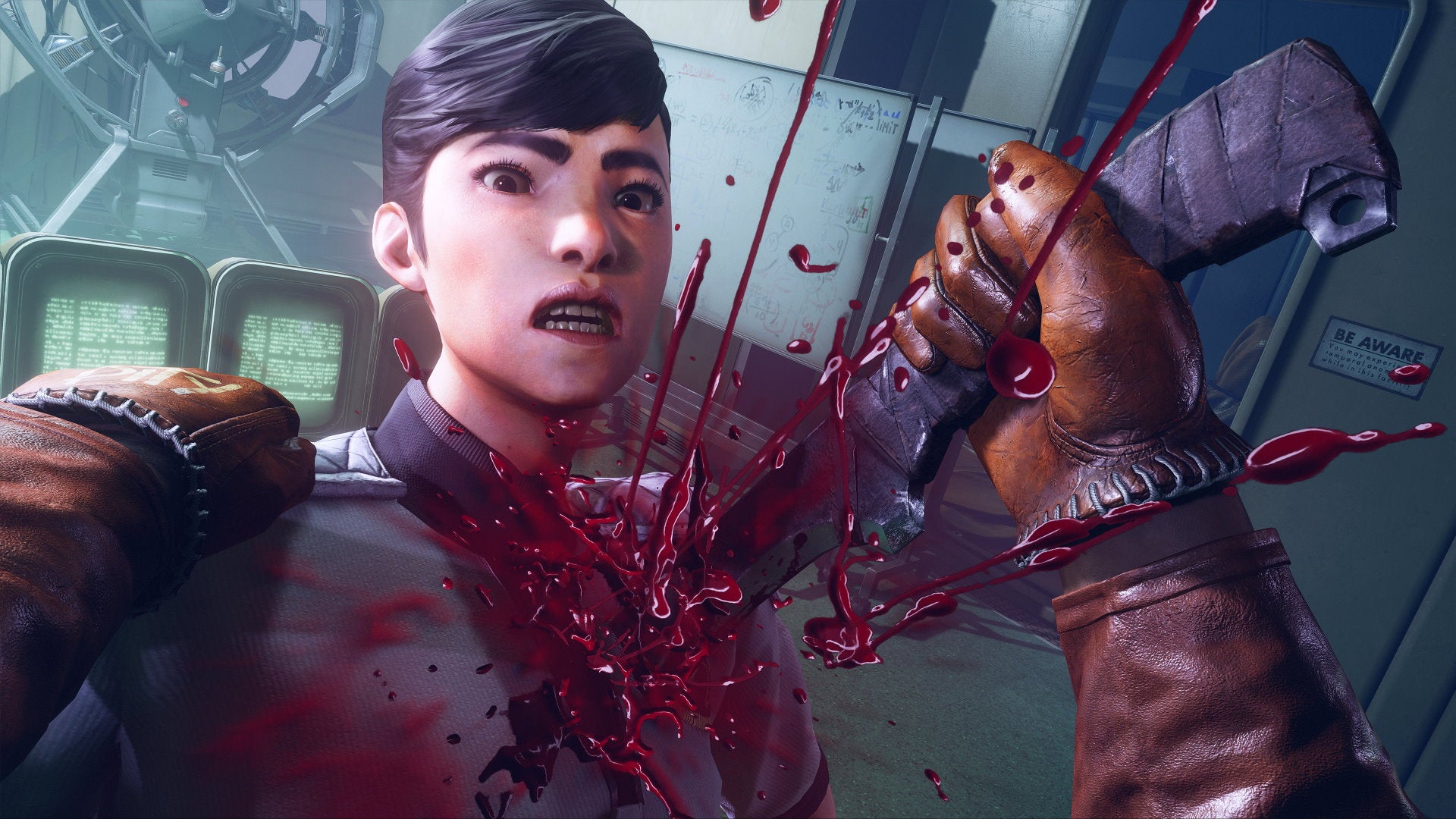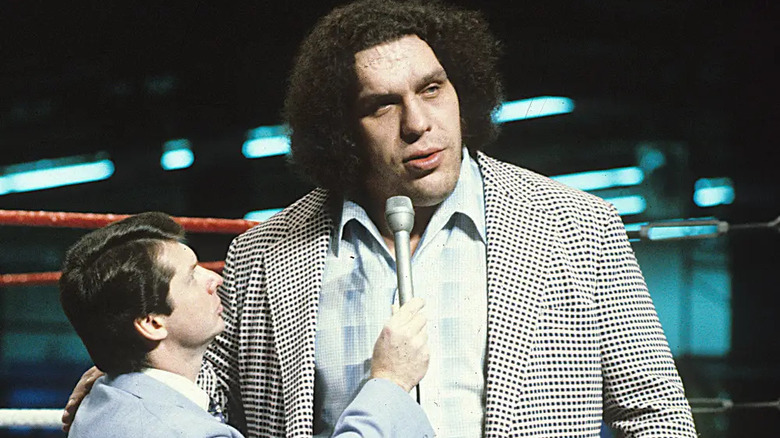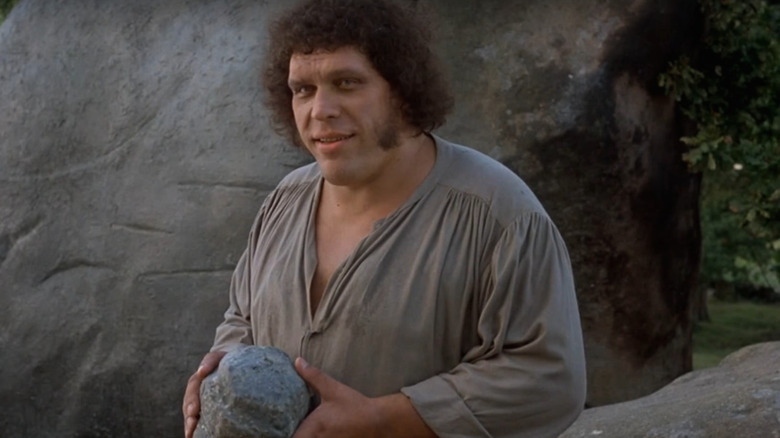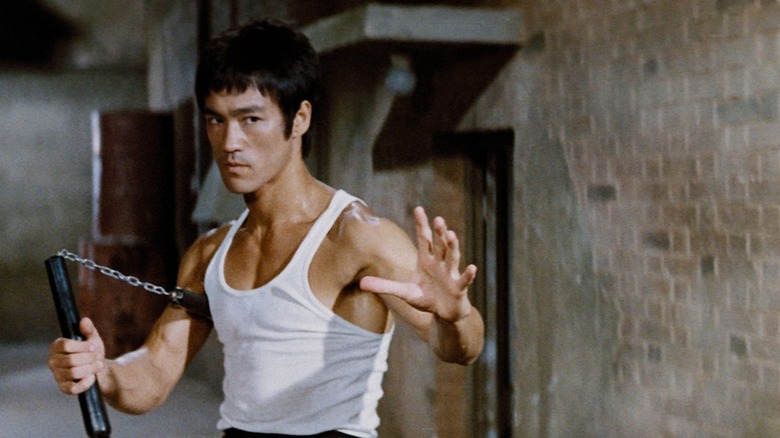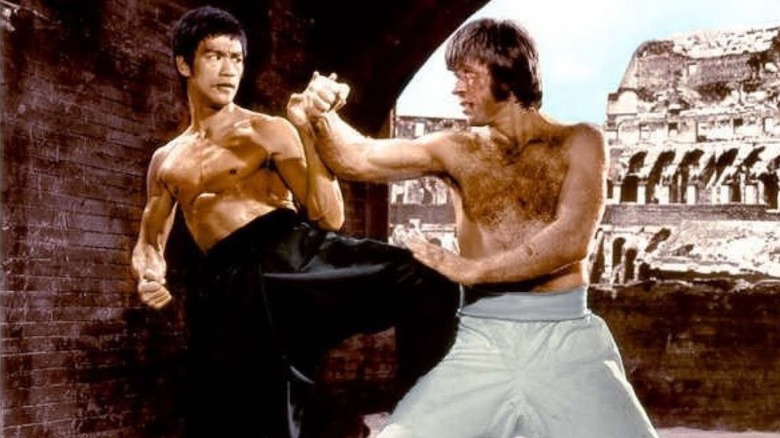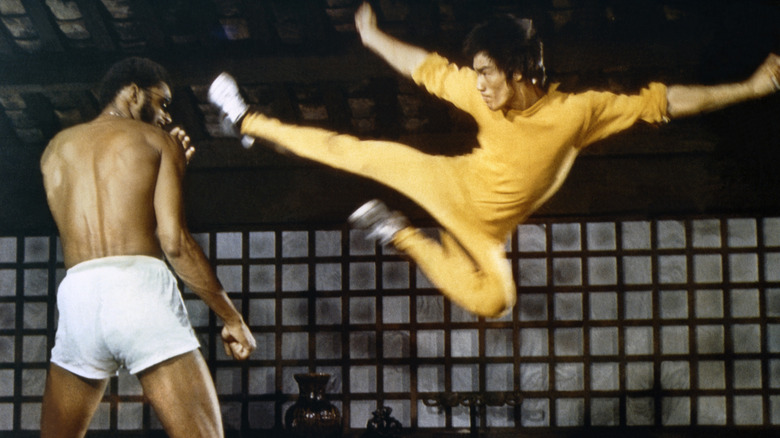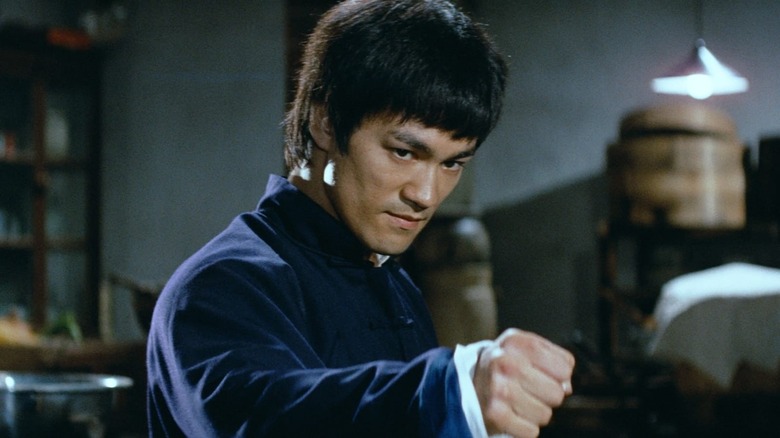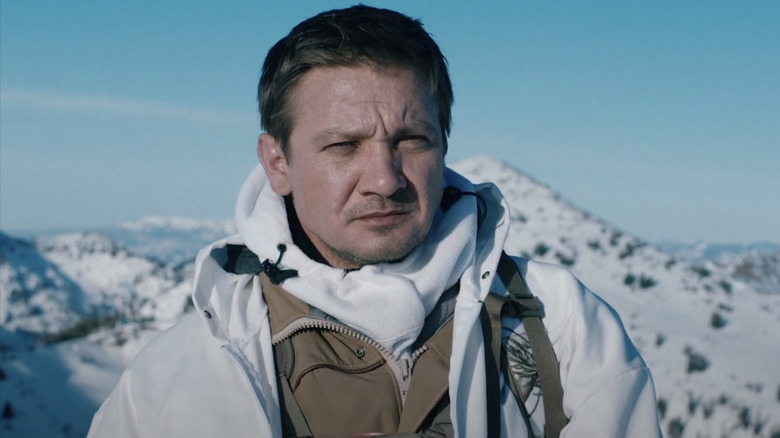
The Agatha Christie-inspired mystery movie genre is filled with corkers like "Clue" and "Knives Out" where the whole point is a clever whodunnit. In truth, an intriguing mystery plot can transform any thriller (here's a list of the 95 best) from a movie you watch while scrolling TikTok to one you watch while holding your breath.
In a way, all storytelling involves mystery. Your attention span for any yarn can be graphed based on how much you want to know what happens next. Although love remains mysterious, that doesn't mean "The Notebook" is a mystery. Mystery movies do something more specific. The plot isn't necessarily a vehicle for lofty literary insight. It's just a plain riddle, and because good storytelling is a circle, the answer is in the question. A mystery will telegraph its intentions, but when the last piece is placed, you ought to feel a slight but satisfying sense of déjà vu. Therefore, mystery is the most cunningly meta-cinematic genre. Screenwriters must internalize what the audience expects and then invent something new that they don't see coming.
A Perfect Murder
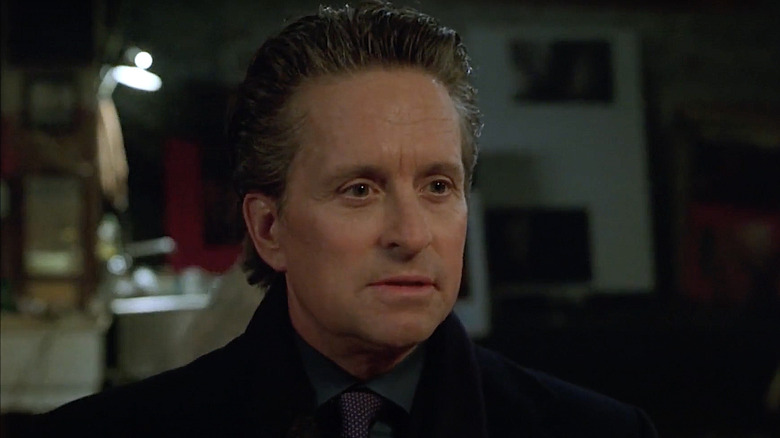
Inexplicably, critics dissed this excellent and taut 1998 murder-for-hire thriller. The king of '90s slimeballs, Michael Douglas, plays Steven, a wealthy Manhattan investor whose portfolio just took a serious dive. His beautiful and much younger wife, Emily (Gwyneth Paltrow), hails from an obscenely wealthy clan. She's having affair with a scruffy starving artist David (Viggo Mortensen). When Steven finds out, he also discovers David is a conman and offers the scammer a deal: Kill my wife for cash or go to jail. Of course, this very Hitchcockian proposal goes violently wrong. Emily survives, and Steven is left with a lot of explaining to do. An excellent cat-and-mouse game ensues as this greedy hubby tries to cover his tracks.
"A Perfect Murder" has little visual style and no big ideas. It's "Strangers On A Train" without all the Freudian subtext — though a crucial scene does happen on a train, which isn't by accident. However, it does present a portrait of a homicidal marriage in which no one ever says what they mean. This kind of murder-for-hire drama happens in real life way more than any happy couple wants to admit. More broadly, one in five homicide victims is killed by an intimate partner according to a 2011 study. Douglas and Paltrow are incredibly compelling as they tell lies with their mouths while they reveal the dark truth with their eyes.
Side Effects
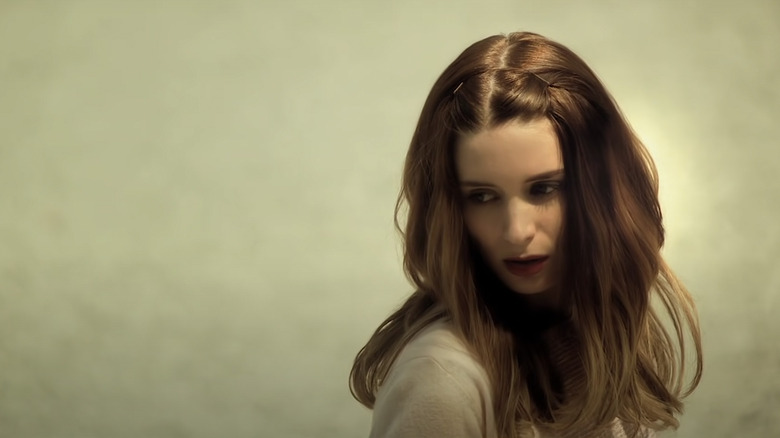
The unintended consequences of prescription drugs can get a little glossed over in those sunny slow-motion ads with happy couples holding hands across adjacent clawfoot bathtubs. The real catch in Steven Soderbergh's excellent 2013 big-pharma thriller, "Side Effects," is the shady people who might be low-key lethal, too.
Rooney Mara plays Emily. She's clinically depressed. After a suspicious car accident, she comes under the care of the dashing and seemingly doting psychiatrist Dr. Banks (Jude Law.) He seems like a good doctor, but he's got money trouble and has been bent by the pharmaceutical industry to push their latest wonder pill. Emily takes a turn for the worst, as things get violent with her husband (Channing Tatum) in what seems like a drug-induced fugue state. As the film delves into an apparent medical industrial complex critique, Soderbergh takes a hard turn toward a violent mystery plot in which we find nothing is what it seems. "Side Effects" doesn't have the shine of "Magic Mike" or "Ocean's Eleven," but it's one of the iconic filmmaker's most efficacious concoctions.
The Interview
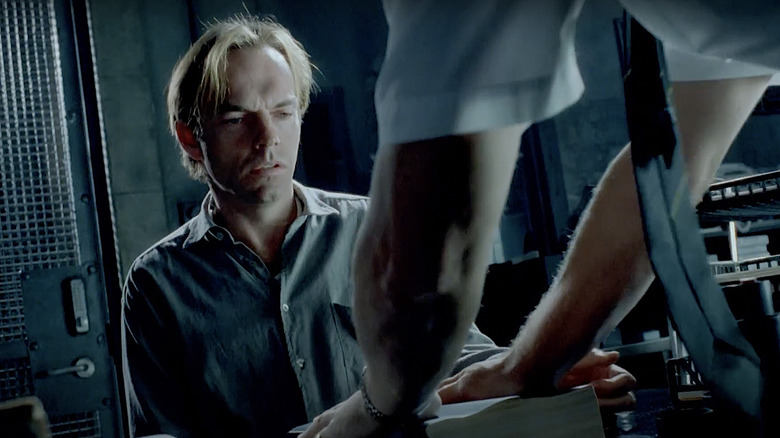
A year before Hugo Weaving became a major star as Agent Smith in "The Matrix," he found himself on the wrong side of a brutal interrogation in "The Interview." Weaving plays Eddie Flemming, a man nabbed by police with seemingly no idea why. As two officers ramp up the good-cop-bad-cop pressure, we learn that Flemming is suspected in connection with a series of murders.
Flemming goes from being bemused to making a strange and twisted confession, but that's only the beginning of the cat-and-mouse game, as we learn this cop shop is rife with corruption. The validity of confessions under such pressure comes into play, but the mystery is really whether Flemming is the brutal killer he so casually describes or if he's simply playing mind games on two cops abusing their power. Critics liked this mostly forgotten 1998 film that's shot like a stage play. It's a claustrophobic man-in-a-box thriller that closes in on you like a vice.
In The Earth
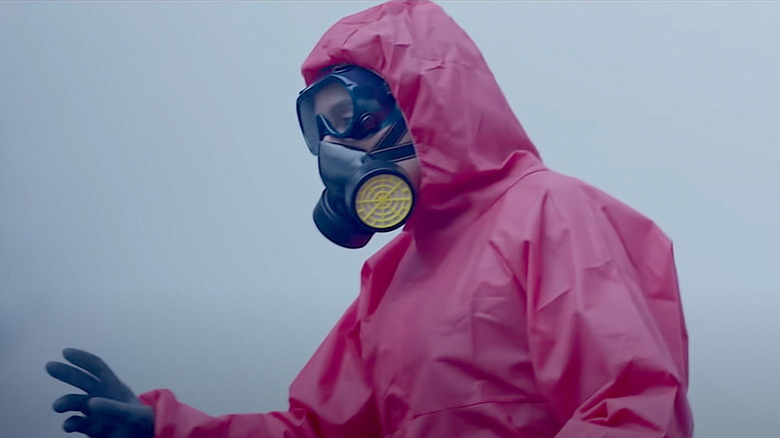
If you like the cultish creepiness of Ari Aster's brilliant and buzzy "Midsommar," "In The Earth" grows in a similar direction. This 2021 horror mystery is set entirely in a forest near Bristol, England. The remote location is a timeless trick for low-budget movies, but it keeps this thriller's poor protagonists frightfully far from help.
Some unspecified contagious calamity has hit the Earth, and a scientist Martin (Joel Fry) is sent into the wild to meet up with his ex and former colleague Olivia (Hayley Squires). She thinks a psychic property found in plants can increase crop efficiency. It's murky but seems important to humanity's survival. Martin sets out with park guide Alma (Ellora Torchia), but they are soon attacked by unseen assailants and have their shoes stolen. That's when the duo encounters an eccentric woodland homesteader named Zach (Reece Shearsmith). He offers to help but abducts them and starts strange and torturous experiments as things get increasingly psychedelic.
This is an arthouse indie, a hostage movie, and at times, a very base piece of torture porn that goes to gratuitous places. It's also a "Heart of Darkness"-style odyssey, as we wait to meet the mad scientist. Most blatantly, "In The Earth' can be read as a pandemic-era film that connects the end of the world to scientists playing God and then following their curiosities straight to hell.
I Am Mother
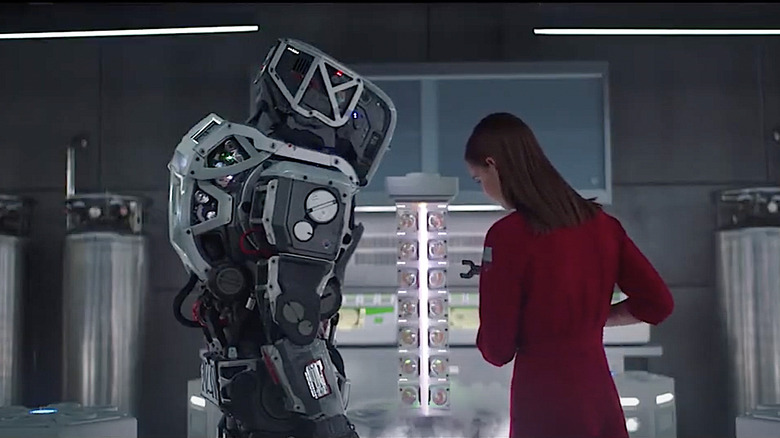
A good sci-fi thriller doesn't explain itself with title cards or expository dialogue. "I Am Mother" from 2019 opens à la "Alien," with the camera slowly roving through what looks like the inside of an advanced spaceship. There are no humans around — just a very Boston Dynamics-inspired robot working away to create a fetus in a futuristic laboratory.
The robot is the titular Mother, and she uses her reassuring voice (courtesy of Rose Byrne) to tutor a young girl who goes by "Daughter" (Clare Ruggard). We learn they're actually on Earth in some kind of sterile ward that protects this human survivor from the apocalyptic outside world. As Daughter enters a rebellious teenage phase, an injured "Woman" (Hillary Swank) shows up at the front door. When Daughter breaks quarantine and lets Woman inside, this visitor has a very different take on life beyond the compound's walls.
Despite a busy slate, Netflix doesn't make many great originals, and the company seemed to admit as much when they announced a strategy shift away from the glut of low-budget features in 2022. However, "I Am Mother" is a total standout with a central mystery that excellently incubates our high-tech paranoias.
The Night House
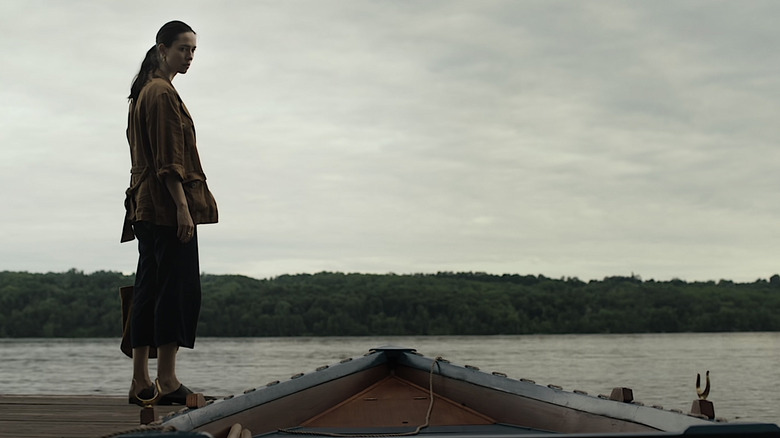
"The Night House" will have you pulling out your phone to Shazam this excellent metaphysical mystery movie's motif track. The always convincing Rebecca Hall plays Beth. She's a young widow grieving the unexpected death of her husband (Evan Jonigkeit). In her mourning, the haunting and gothic blues song "Calvary Cross" by Richard Thompson suddenly starts blaring on the sound system in the beautifully modern lake home handcrafted by her dearly departed.
Beth begins having nightmares and visions that lead her across the lake, where she discovers a house identical to her own — but built backward. When this increasingly disturbed widow sifts through her late husband's phone, she finds a picture of a woman who looks just like her ... but isn't. So begins a painful and often trippy odyssey to find out who the man she loved really was. There's a familiar form factor here, as we wonder if Beth is dealing with the supernatural, an elaborate gaslighting, or has simply gone mad with grief. "The Night House" has more to offer than a typical haunting story. This is a beautifully lit film that goes in a darker direction than lesser ghost stories dare.
The Rental
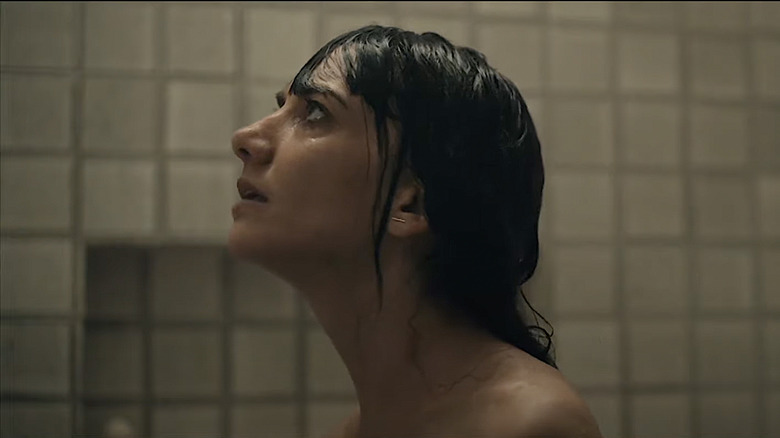
"The Rental" was written and directed by James Franco's talented little brother, Dave Franco, in his feature debut, and that lad can really do the work. It's a relatively low-budget movie ($16 million) but nonetheless an example of a new genre: the "Airbnb thriller." This is the increasingly common genre in which a studio rents out a house and makes a scary movie within the confines of a single setting.
This is also an Airbnb-style sort of plot, as two affluent young couples rent a beach house for a weekend getaway. Charlie (Dan Stevens) and Michelle (Alison Brie) seem like a solid pair, but they bring along Charlie's insecure brother and his girlfriend Mina (Sheila Vand). On night one, the hard drugs come out and Charlie ends up having sex with his brother's girlfriend. The next day, as the hangovers and guilt kick in, these renters discover a secret camera mounted in the shower head that could've recorded the entire affair. When the group confronts the creepy property manager (Toby Huss), the truth starts to come out, and this vacay goes from a merely regrettable bender to a blood-soaked mystery.
Interestingly, Franco, though a great performer himself, resists a cameo. He's happy to stand behind his work, and his somewhat Ari Aster-inspired screenplay and tone are voyeuristic perfection. He's a student of the horror genre, and this modest 2020 movie makes him a filmmaker to watch.
Welcome Home
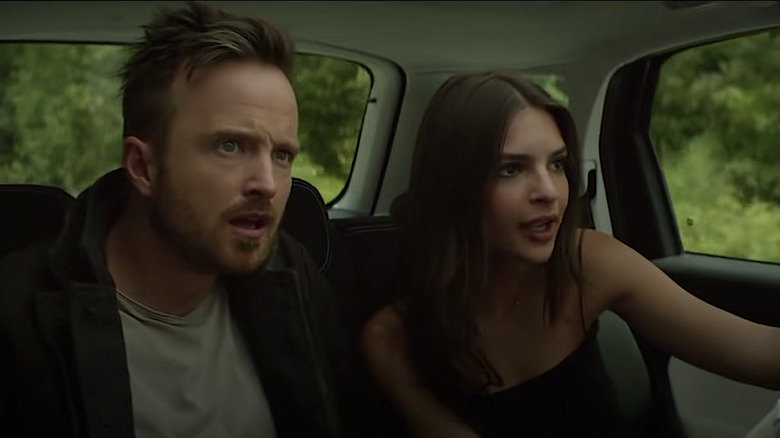
"Welcome Home" is another solidly trashy "Airbnb thriller" in which the production company rents a cool house and shoots a suspense film mostly in that one location.
A post-"Breaking Bad" Aaron Paul plays Bryan, husband to the underrated Emily Ratajkowski as Cassie. They've got serious trust issues after Cassie cheats, so they rent an old villa in the Italian countryside in a last-ditch effort to save their marriage. When Cassie goes out for a jog, she twists her ankle and a handsome and mysterious Italian stranger Federico (Riccardo Scamarcio) swoops in and brings her home. Bryan becomes increasingly suspicious as Federico keeps finding ways to interrupt the couple's romantic getaway.
This is a stalker thriller, but the mystery is really Federico's motivation. "Welcome Home" is a low-budget film with absolutely dire reviews and audience scores, so I'm not saying it's brilliant. It's just entertainingly unflinching as an awkward situation becomes a fight to survive and unearths a series of irresistible moral dilemmas.
Antlers
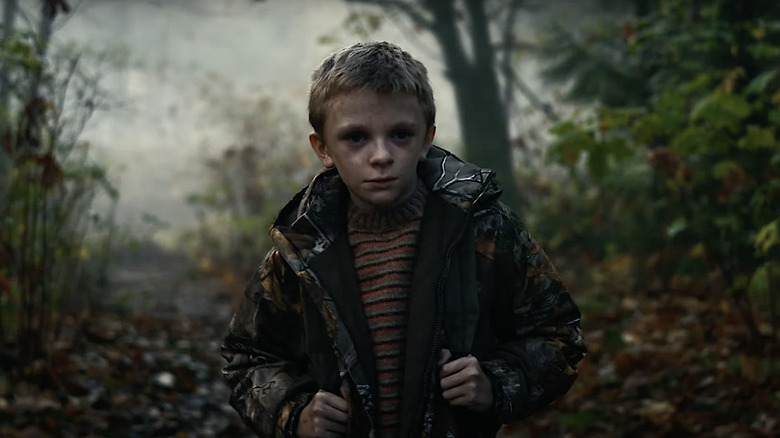
"Antlers" is a beautifully shot supernatural horror thriller set in rural Oregon. The plot follows two brothers, 12-year-old Lucas Weaver (Jeremy T. Thomas) and 7-year-old Aiden Weaver (Sawyer Jones). A caring teacher, Julia Meadows (Keri Russell), becomes alarmed when Lucas begins coming to school filthy and exhausted. He's been making strange drawings and collecting road kill, too. Julia has a history of abuse at the hands of her father and enlists the help of her brother Paul (Jesse Plemmons), the sheriff, to help investigate.
In the opening scene, we learn the boy's father is involved in the meth trade, but he's attacked by something terrifying, and now, that dark mystery resides in the Weaver home. Critics liked this creature feature well enough. This film brings out the Pacific Northwest's eerie, gloomy beauty. Under cover of darkness, the Weaver boys don't just suffer the terror of an evil force, they are conscripted into sustaining their trauma in this monstrous metaphor for a broken home.
The Empty Man
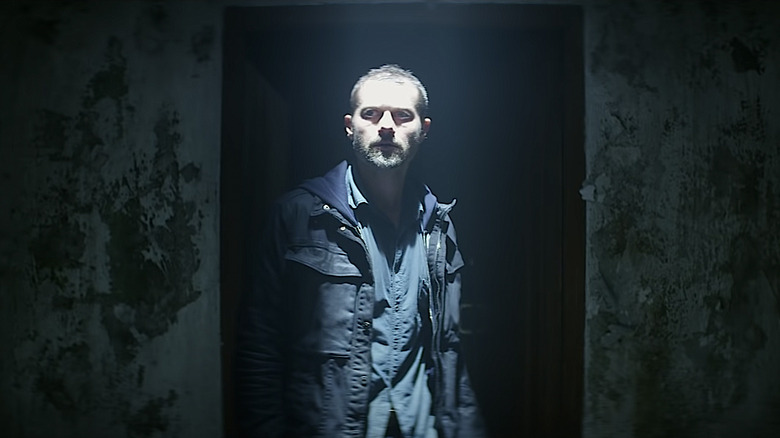
Audiences really underrated this excellent 2020 horror thriller with a mind-bending central mystery. The film opens with four friends on a hiking trip. They seem to come across a supernatural cave that drives two of them insane. Cut to decades later, and we're following former detective James Lasombra (James Badge Dale). He's grieving the death of his wife and throws himself into investigating the disappearance of the teen daughter of his widowed neighbor, Nora (Marin Ireland). His only clue is a cryptic note that reads, "The empty man made me do it."
What James uncovers in this graphic novel adaptation is a Slender Man-style cult. There's an urban legend among the local teens that says a few incantations can summon this specter, but that game is about as fun as saying Candyman three times in the mirror. James is eventually led to a strange church that seems to be open to him while also hiding something sinister. Like all good mysteries, some of the truth is hidden in plain sight. "The Empty Man" has an appalling payoff that delivers.
Dead Again
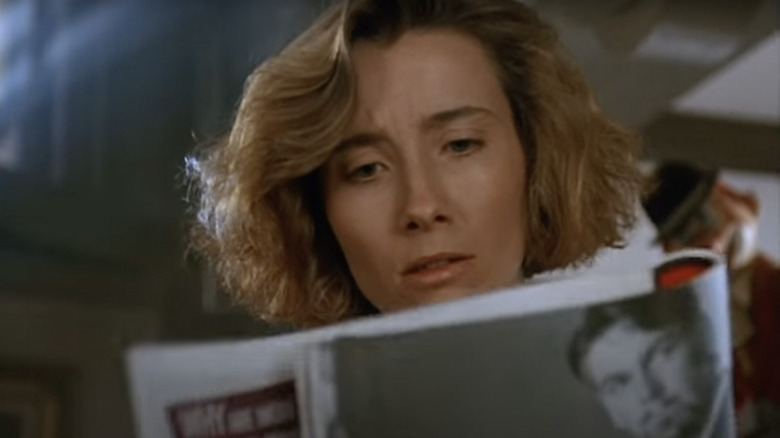
"Dead Again" is kind of like Alfred Hitchcock's "Rebecca" with an ironic farce of film noir built on top. If that's your speed, this forgotten Kenneth Branagh-directed tale of love, death, and reincarnation might be for you.
Branagh stars as Mike Church, a private eye hired to help an amnesiac, Grace (Emma Thompson), find her identity. She suffers terrible nightmares and links up with a hypnotist played by the always creepy Derek Jacobi. The visions are fleshed out as Grace sees herself in the late 1940s, falling for a handsome opera composer Roman Strauss. The two settle into his gothic mansion with his suspiciously young and attractive maid. Flash forward and a Time Magazine cover reveals the composer is real and murdered his wife with a pair of scissors. Weirdly, this opera man is also played by Branagh. Is this time travel? Past lives? An elaborate fraud?
Hypnosis fell out of favor after the so-called Satanic panic of the 1980s in which patients fabulated wild accusations about occult rituals and sexual abuse. Some particularly suggestible children even sent their parents to prison for heinous and totally imagined crimes. The history is absurd and tragic and so is Branagh's take on this discredited dark art. "Dead Again" is so relentlessly deadpan that it's like an episode of "Seinfeld" at times. Jerry's nemesis, Newman the mailman (Wayne Knight), even has an amusing role in this idiosyncratic gem.
Wind River
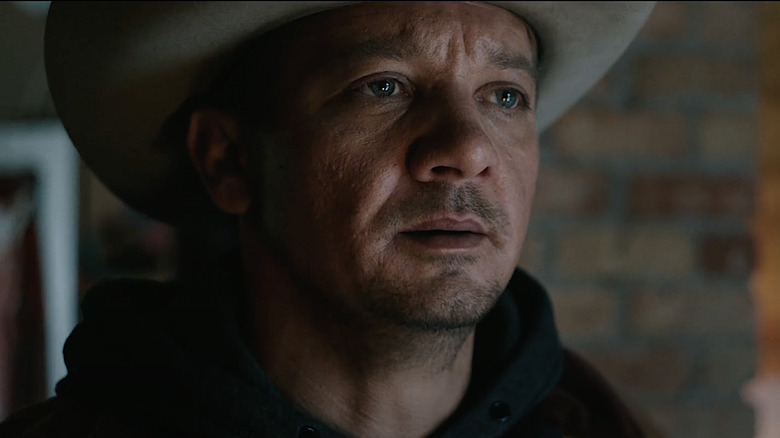
Writer-director Taylor Sheridan is the most dedicated practitioner of the modern Western. The scribe behind "Sicario," "Hell or High Water," and creator of "Yellowstone" helms "Wind River," a murder mystery set in the icy wilds of Wyoming.
When the body of an 18-year-old girl is discovered barefoot in the snow as if she ran miles through freezing temperatures, FBI agent Jane Banner (Elizabeth Olsen) is sent to a remote and mountainous reservation to investigate. She taps local tracker Cory Lambert (Jeremy Renner) to help navigate the terrain, and the pair soon discover two more murders that seem to be connected to a local oil drilling operation.
The best scene in "Wind River" is a tense standoff between Olsen's FBI agent, tribal police, and corporate security. It's a jurisdictional showdown that highlights the legal vagaries of crimes on Native lands. Jane and Cory aren't going to let that happen, though. This modern Western might be a tad conventional, but it's also satisfying.
Presumed Innocent
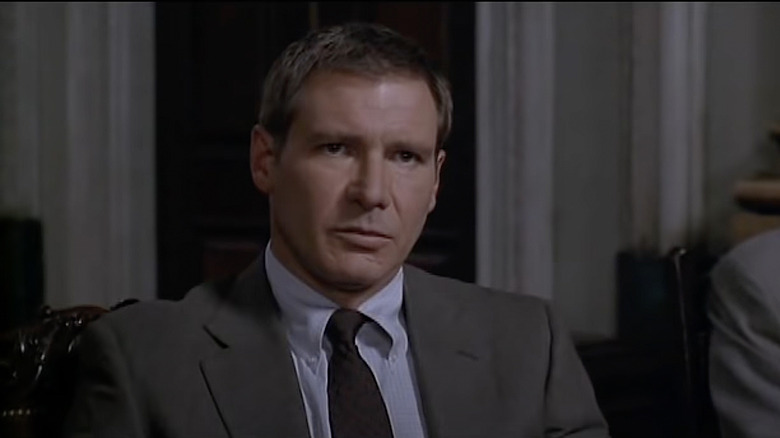
"Presumed Innocent" is a reference to one of the bedrock principles of the American legal system. The burden of proof is on the state, not the citizen. The title is also a kind of in-joke about casting a beloved movie star to play a role in which we slowly come to suspect he's a brutal killer. In other words, only Harrison Ford coming off the heroic goodwill of "Star Wars" and "Indiana Jones" could make this otherwise ordinary movie work.
Ford plays Rusty Sabich. He's a junior lawyer working in the district attorney's office. He's having an affair with a gorgeous fellow attorney, Carolyn (Greta Scacchi). He confesses the romance to his wife, but when Carolyn turns up dead, Sabich is tasked to investigate and then charged with the crime.
Thrillers from the 1990s are great because they are so straightforward. Cameras are expensive and slow and nixed a lot of the arty angles and excesses that weigh down more modern mysteries where shooting a lot of B-roll is cheap. This whodunit just focuses on Ford as we go from being sympathetic to his character's situation to suspecting he might have done the unthinkable.
Memories Of Murder
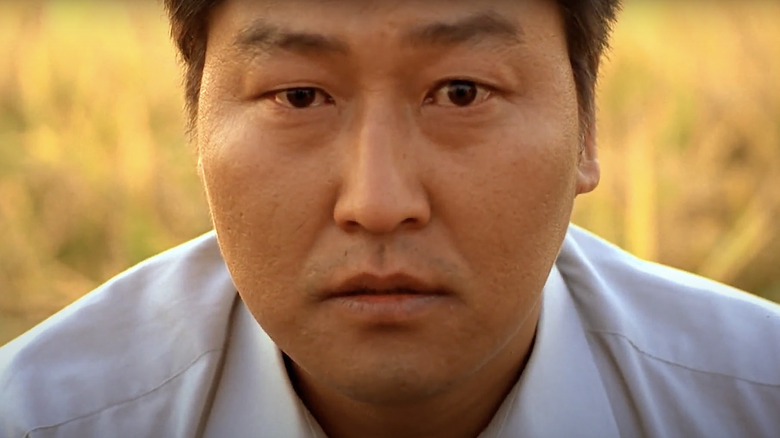
Long before South Korean superstar director Bong Joon-ho became a world-famous Oscar winner for "Parasite" he was busy making violent crime films with his unique brand of social satire and slapstick silliness.
"Memories of Murder" follows detectives in a small Korean province who stumble on the case of a lifetime. Several women are found dead, and it's clearly the work of one assailant. The always hilarious Song Kang-ho plays lead detective Park Doo-man. He teams up with two other officers as they bumble through the case. Their department is as corrupt as it is incompetent, and they're used to simply beating confessions out of suspects — whether they are guilty or not. When this killer proves elusive, they change tacks and try some real detective work, mostly thanks to a big-city cop with good instincts played by the easy-on-the-eyes Kim Sang-kyung.
There's a conventional veneer in this slight deconstruction of the serial killer mystery genre, but it's also an original and beautifully shot work that humanizes even horrible characters. "Memories of Murder" is based on a real Korean case and goes in a somewhat similar direction as David Fincher's "Zodiac" — but is arguably more challenging. This odd film will make you laugh out loud and eventually marvel at its offbeat poignancy.
The Red Riding Trilogy
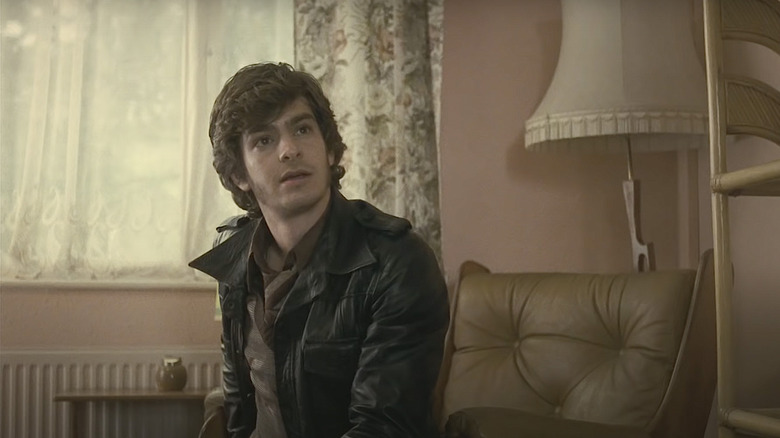
The best of this English murder mystery trilogy about missing young girls is the first film, "Red Riding: 1974." It's all sepia-toned and tungsten, like a vintage Instagram filter, perfectly matching the bang-on period sets and costumes. Andrew Garfield plays rookie reporter Eddie Dunford, whose spidey-sense starts tingling when he connects a string of similar abductions. He's a dogged reporter working in the north of England, but his real skill is his soft touch with the grieving mothers. The story is sprawling. There are persecuted Romani people and greedy developers, but when a pair of corrupt cops start to hamper his investigation, Eddie bloody well knows he's getting warmer.
The story is based on the real Yorkshire Ripper who killed 13 women, though this is a work of fiction adapted from a quartet of even darker novels by David Peace. There are two more films, "1980" and "1983," but it's all one continuous story that first aired on British TV. "Red Riding" is a five-hour film, really, and a hypnotic piece of work that pulls you into the low-tech, shoe-leather detective work of the day. "Red Riding" is so good that Ridley Scott was set to do an unnecessary American remake, but that never got off the ground.
The Clovehitch Killer
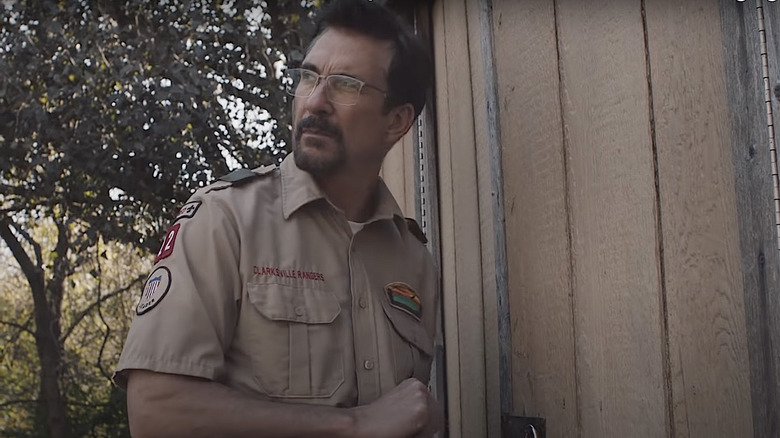
"The Clovehitch Killer" is a standout Netflix release. It's the story of a church-going family man who might be a sadistic serial killer. The usually dashing Dylan McDermott goes all doughy and earnest as he leans into this creepy twist on the suburban dad aesthetic. He plays Don Burnside, a Boy Scout leader whose son soon suspects is secretly the titular Clovehitch Killer who leaves a signature knot at the crime scenes where he tortures and kills his victims.
Relative newcomer Charlie Plummer plays the suspicious son who finds some damming evidence in dad's oddly off-limits toolshed. He doesn't want to believe his eyes but is soon teaming up with his love interest (Madisen Beaty) to track down the truth. Clovehitch is based on the BTK Killer, and the cases share the same "bind, torture, kill" modus operandi, but where they really overlap is in the banality of evil that allows a fetishistic sadist to hide in plain sight.
Witness
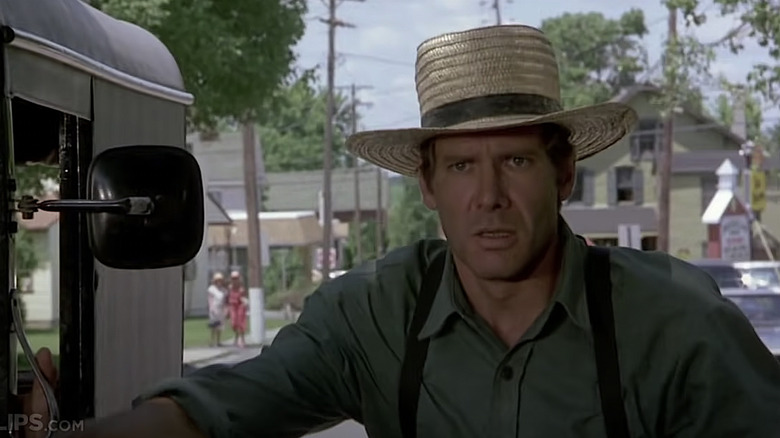
"Witness" is more of a drama than a mystery, but there's a corrupt cop conspiracy to unravel in this thrilling fish-out-of-water story.
Harrison Ford plays Philadelphia flatfoot John Book, and he catches a hot one. A cop from his department has been killed in cold blood, and there's just one witness, a young Amish boy named Samuel (Lukas Haas). When the child identifies another cop as the killer, an assassin soon comes for Book too. A wounded Book flees to Pennsylvania Dutch Country to warn the boy and his beautiful (and single) young mother, Rachel (Kelly McGillis). Soon, this city slicker is raising barns with the Amish as he is torn between his growing affection for Rachel and Samuel and his duty to get justice for one of his own.
Without giving away any spoilers, this 1985 film has a surprisingly stoic ending that just would not get the green light today. This is Ford at his rugged best, and his chemistry with McGillis is pretty steamy given the pious constraints of her character's disapproving community.
The Nice Guys
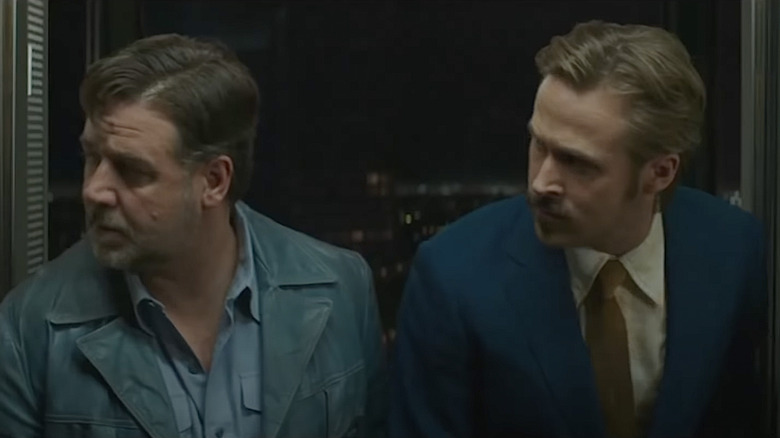
Jimmy Kimmel once joked that Ryan Gosling "casts a powerful spell on women and talk show hosts alike." The actor is easily the best couch performer among Hollywood's movie star set. His anecdotes are colorful and full of self-deprecating cracks like his story about growing up in an Orlando trailer park or his incredible yarn about the time his father came into possession of a massive stockpile of cellophane and sent young Ryan to school to sell it.
"The Nice Guys" doesn't quite reach the heights of just listening to the actor talk, but his natural comic chops help carry this Shane Black bromance throwback to the legendary scribe's investigative classics like "Lethal Weapon." Gosling plays down-and-out private investigator Holland March who is hired to find a missing woman named Amelia (Margaret Qualley). That pits him against freelance thug Jackson Healy (Russell Crowe), but circumstances have them, of course, forming an unlikely partnership. As they delve into a classically seedy Los Angeles noir plot full of corruption and treachery, the duo's chemistry is better than this amusing film's soft box-office opening would indicate.
Black Coal, Thin Ice
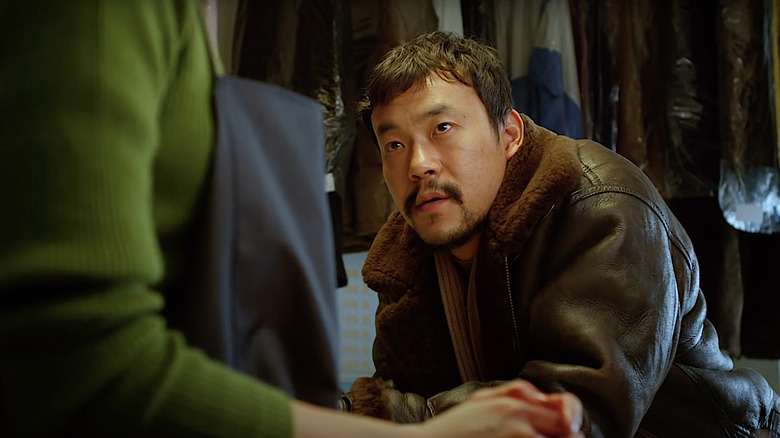
If you pay attention to the opening shots of movies, "Black Coal, Thin Ice" is a handy quality control shortcut for your Netflix queue. For example, many modern filmmakers have fallen in love with sweeping drone panoramas during the introductory credit sequence. It's mostly nature photography, and it's beautiful. It's also a cliche and an indication the filmmaker is more concerned about their movie appearing cinematic in scope rather than being good cinema.
That's a long way of saying you're in good hands with Yi'nan Diao, director of this suspenseful and thoughtful Chinese serial killer murder mystery. The opening shot of 2014's "Black Coal, Thin Ice" is aggressively un-beautiful. It's just a shaky camera at medium distance pointed straight at a mound of dirt with something suspicious partially buried. Of course, it turns out to be a human body part — and our the first clue. The story follows two detectives who catch the case and get into a bloody shootout but can't solve the crime. Years later, similar murders occur, and these traumatized cops go all "True Detective" as they confront their past and a killer is still on the loose.
In A Lonely Place
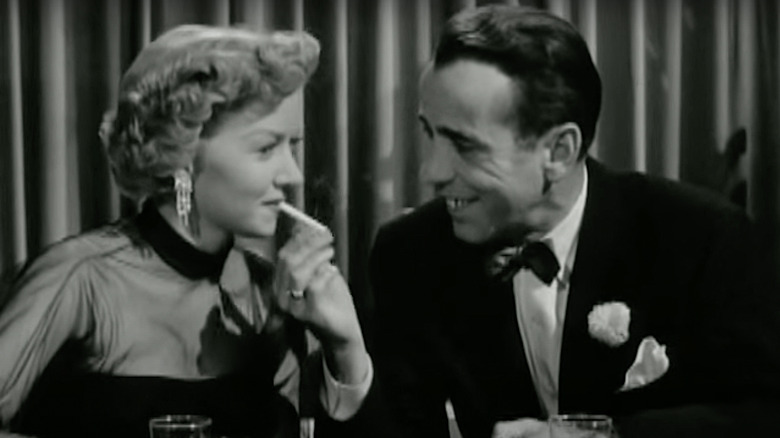
Next to "Casablanca," "In A Lonely Place" from 1950 is Humphrey Bogart's best film It also doesn't get the attention that his detective films noir like "The Maltese Falcon" or "The Big Sleep" receive either, but it's arguably aged better than those better-known classics.
Bogey gives one of his best-ever performances as Dixon Steele, a boozy Hollywood screenwriter who is as cynical about the business as he is as his private eye characters are about the world at large. Dixon is tapped to adapt a trashy novel but can't be bothered to read it, so he brings home a coat check girl who is familiar with the story. This is a Hays code film, so the seduction is all implied, but soon, he's bored with her, too, and sends her away. Or does he? When this young woman turns up dead, Dixon becomes the prime suspect. That's inconvenient for his burgeoning romance with neighbor Laurel (Gloria Grahame). As Dixon's increasingly erratic behavior makes him seem either demented or callous, Laurel soon suspects he might be a killer.
The Handmaiden
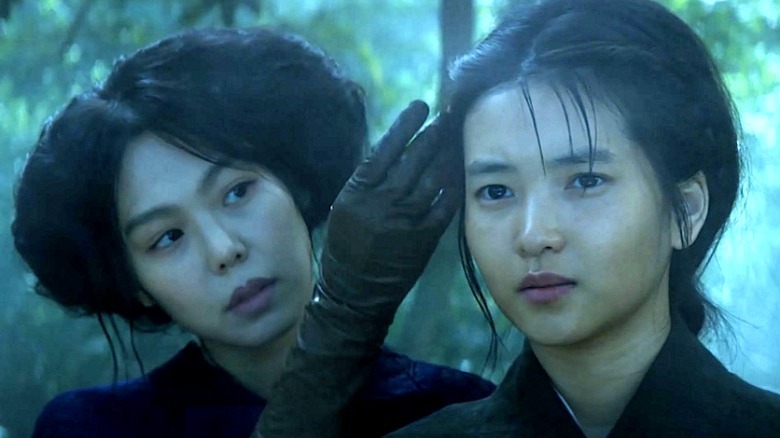
"The Handmaiden" from 2016 is a wildly devious and complex story of love, deception, and cruelty that deserves its place up there with director Park Chan-wook's iconic experiment in human extremes, "Oldboy."
"The Handmaiden" is a Korean film set in Japan but takes the form of a Victorian novel. It follows a Korean conman posing as Count Fujiwara (Ha Jung-woo). He insinuates himself in the home of a wealthy young heiress, Lady Hideko (Kim Min-hee). He plans to seduce her and then steal her fortune. To aid in this plot, be brings along an accomplice, another Korean grifter named Sook-Hee (Kim Tae-ree), who will pose as one of the lady's maids and pour the appropriate poison in her ear.
The plan seems to go awry when this handpicked pleb begins a passionate affair with her aristocratic employer, but there's much, much more going on here. Another wrinkle is that Lady Hideko lives with her wealthy and diabolically perverted uncle — to whom she is also engaged! This uncle is a purveyor of rare books that read like Penthouse letters, and he forces his niece-fiancé into steamy readings for a panel of panting aristocrats. His other command is a warning: "Never enter the basement!" "The Handmaiden" is long and difficult to follow, but there's more to this mystery than mere depravity to reward your patience.
Read this next: The 14 Best Noir Movies Ranked
The post 21 Underrated Mystery Movies You Really Need to See appeared first on /Film.
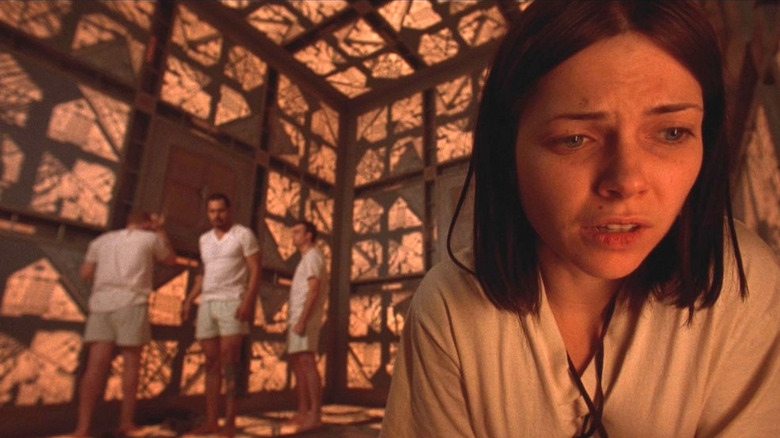
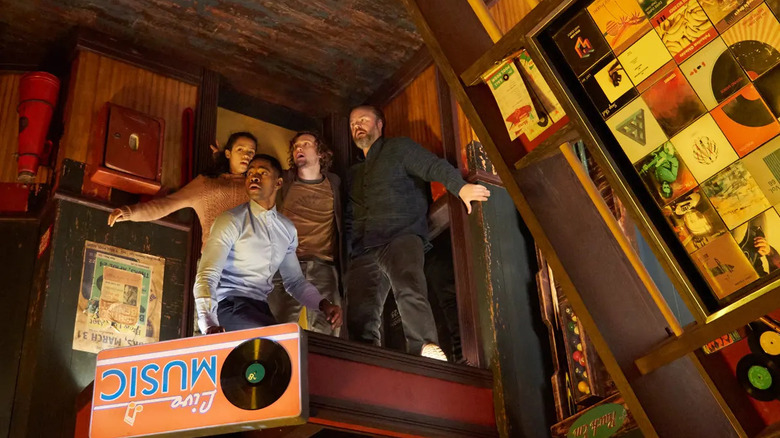
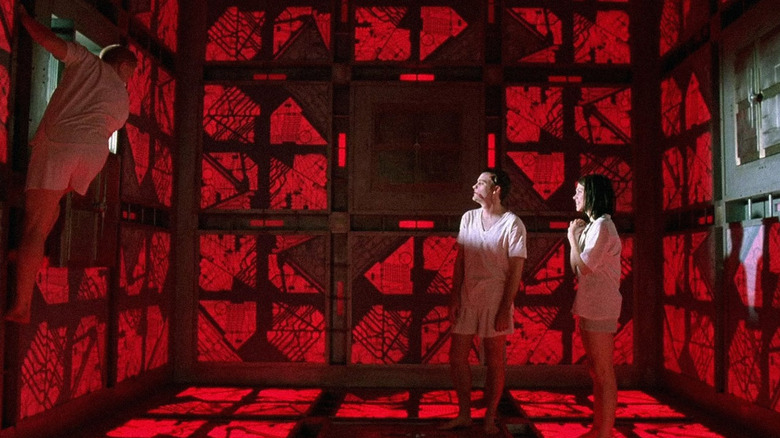
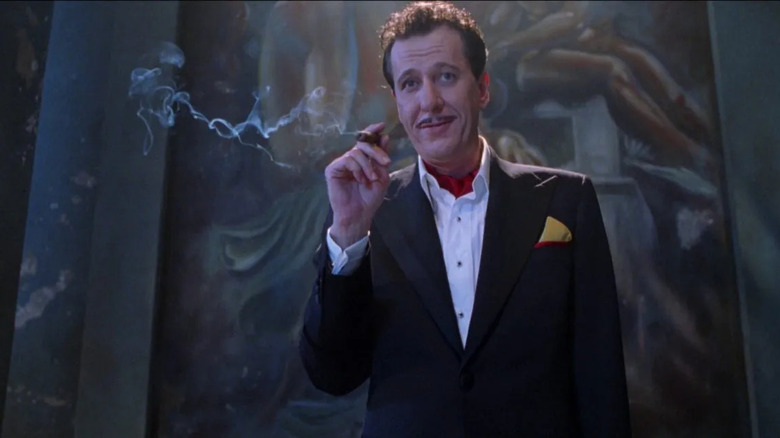
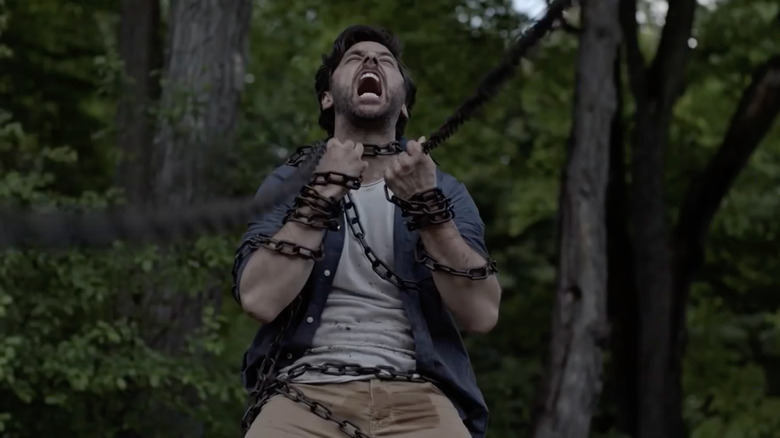
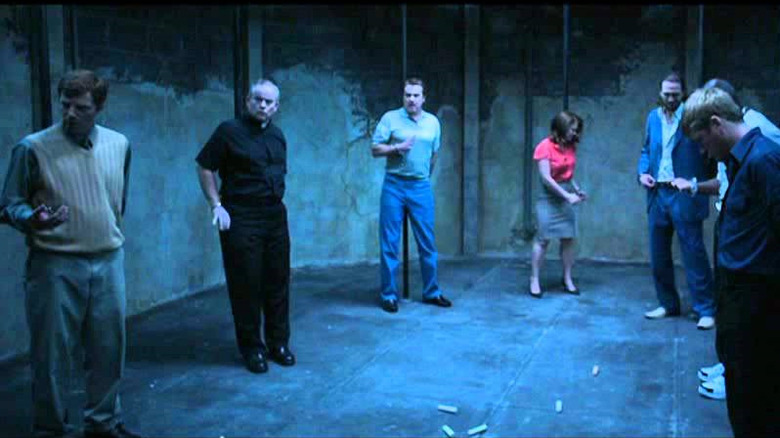
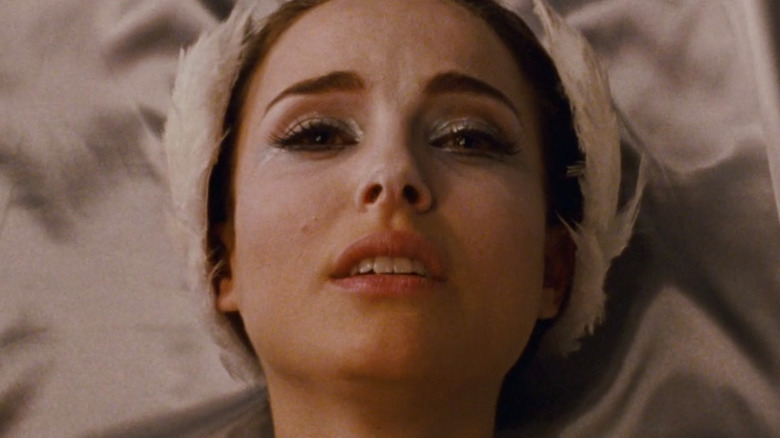
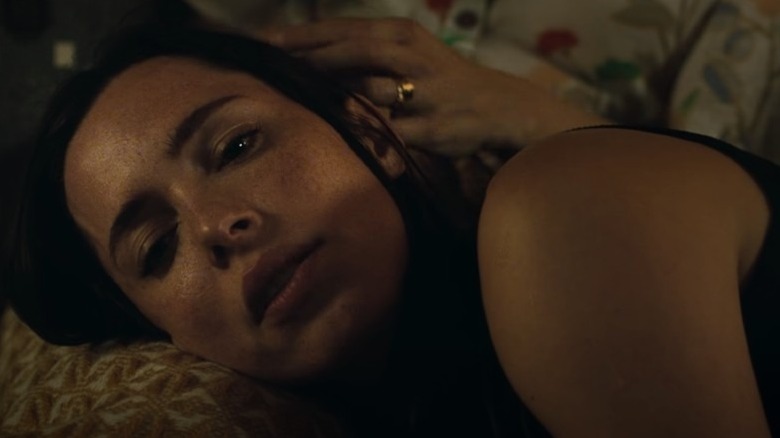
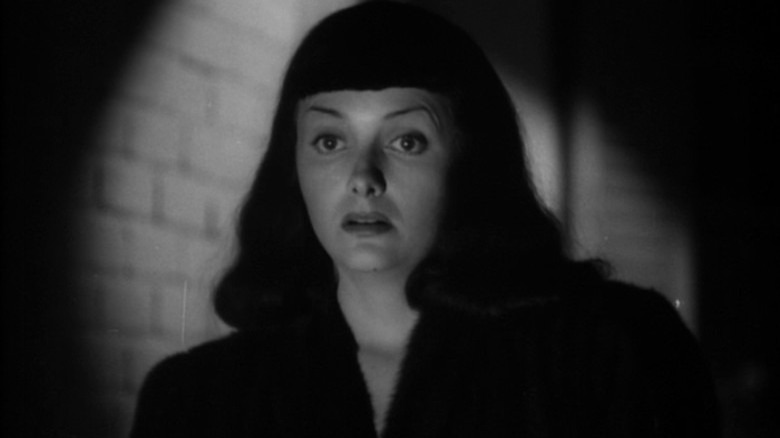
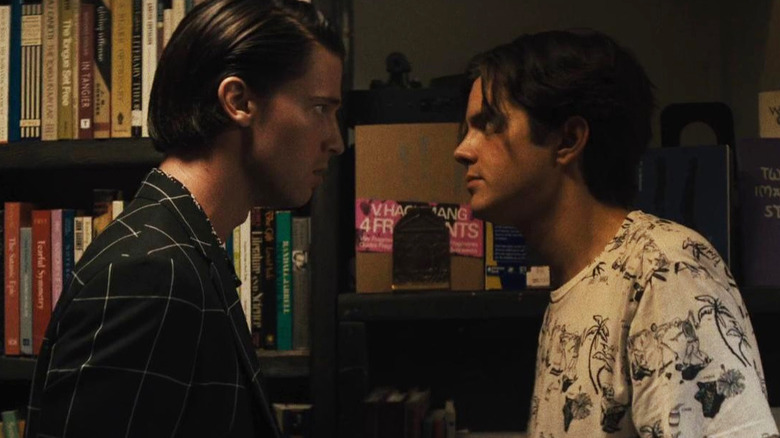
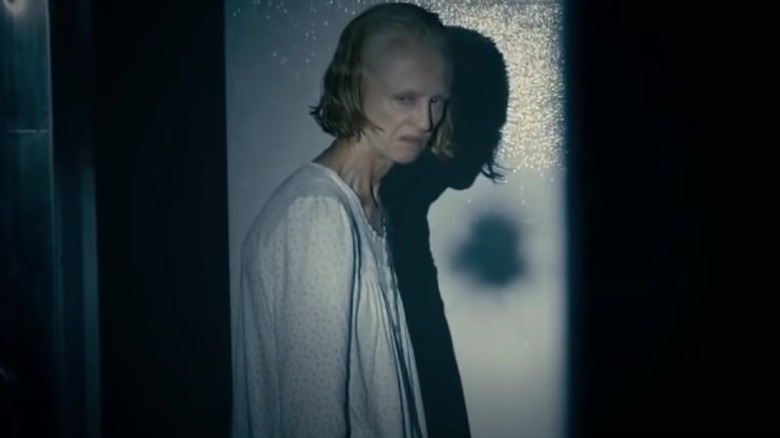
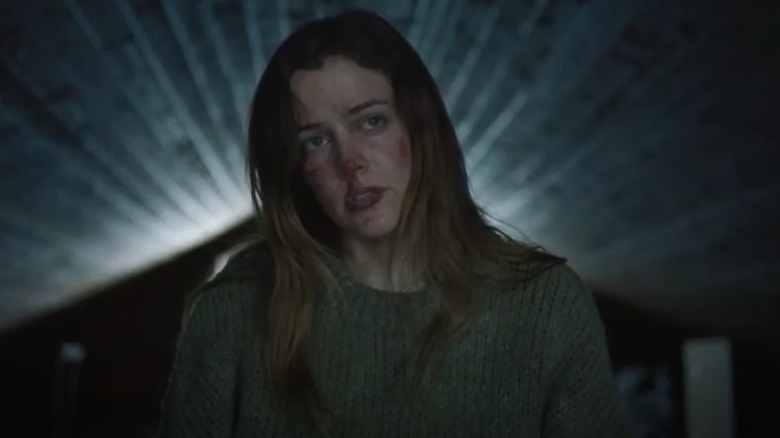
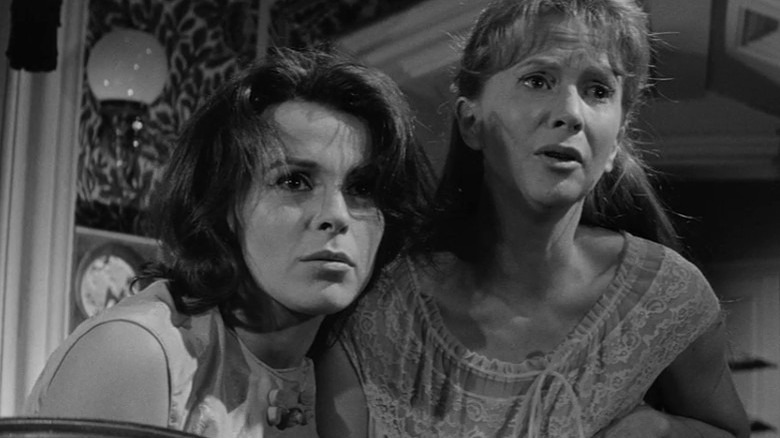
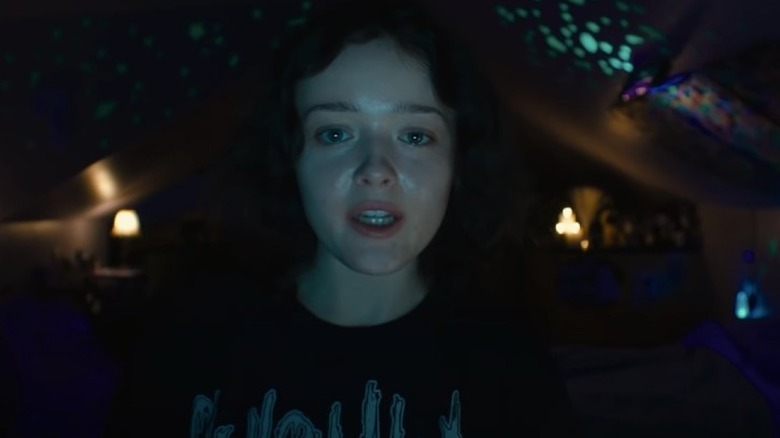

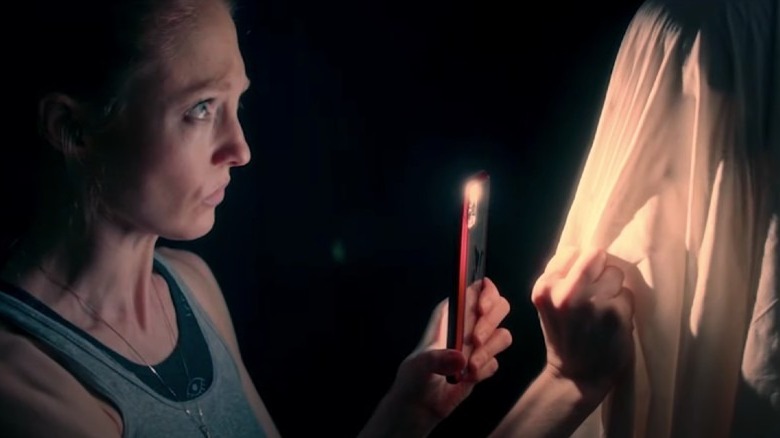
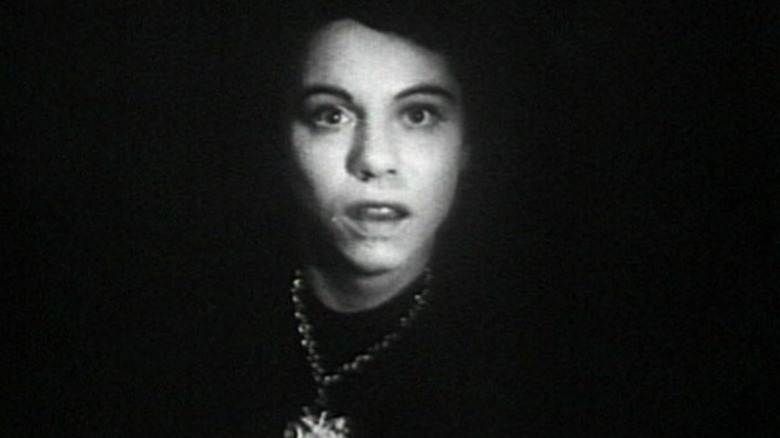
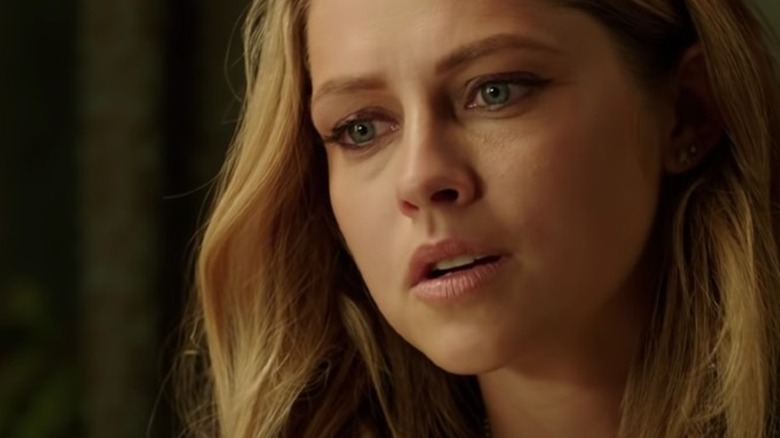
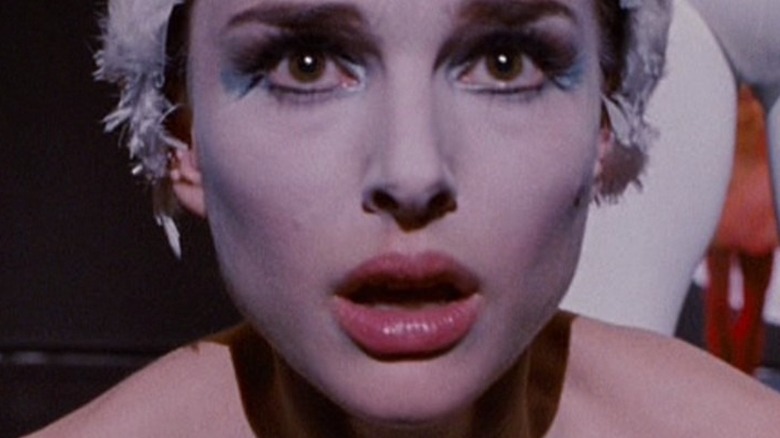

 The hungry Zurk horde.[/caption]
The hungry Zurk horde.[/caption]